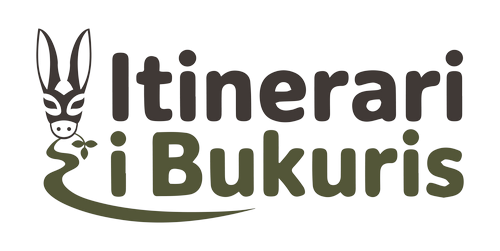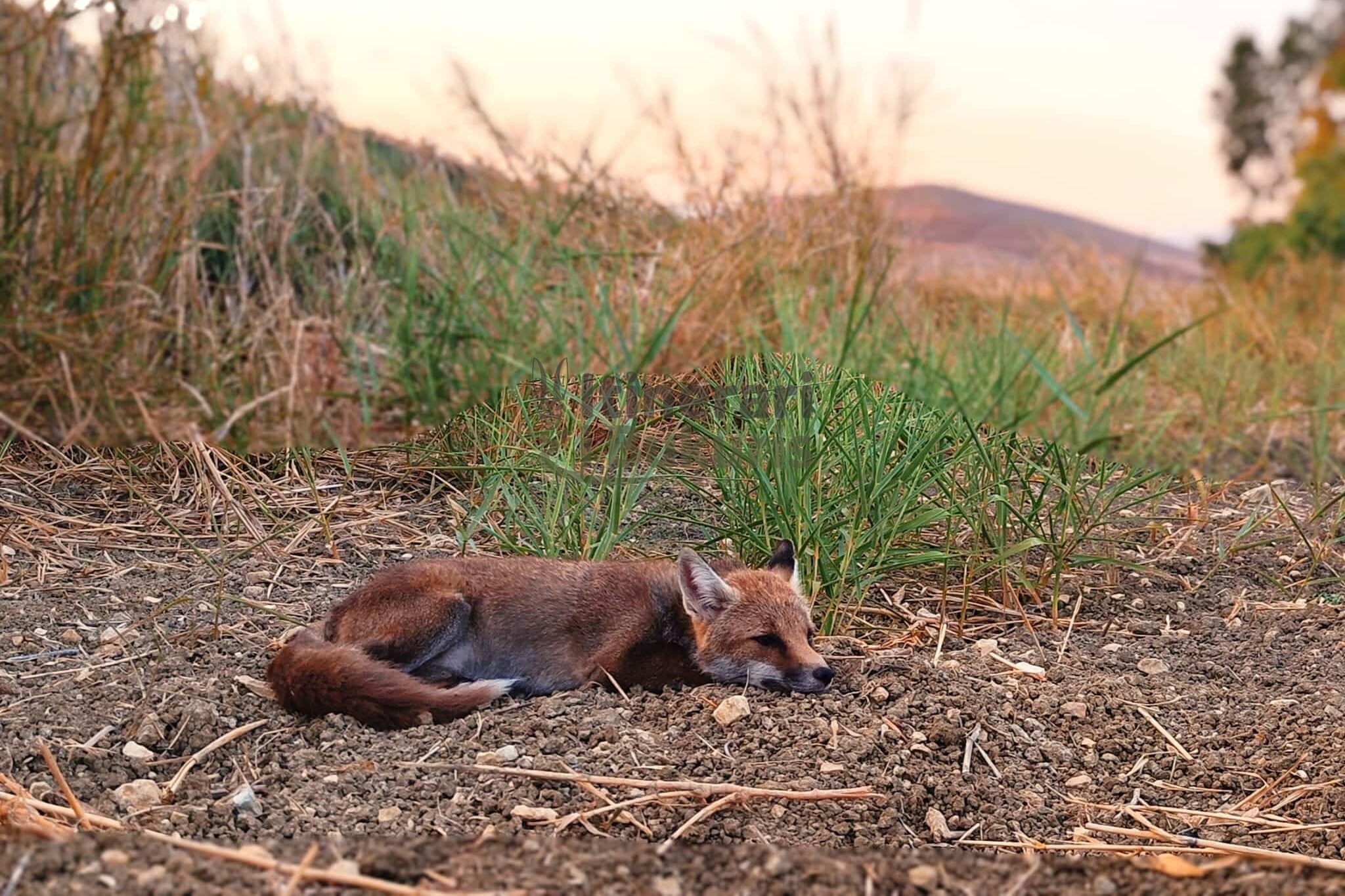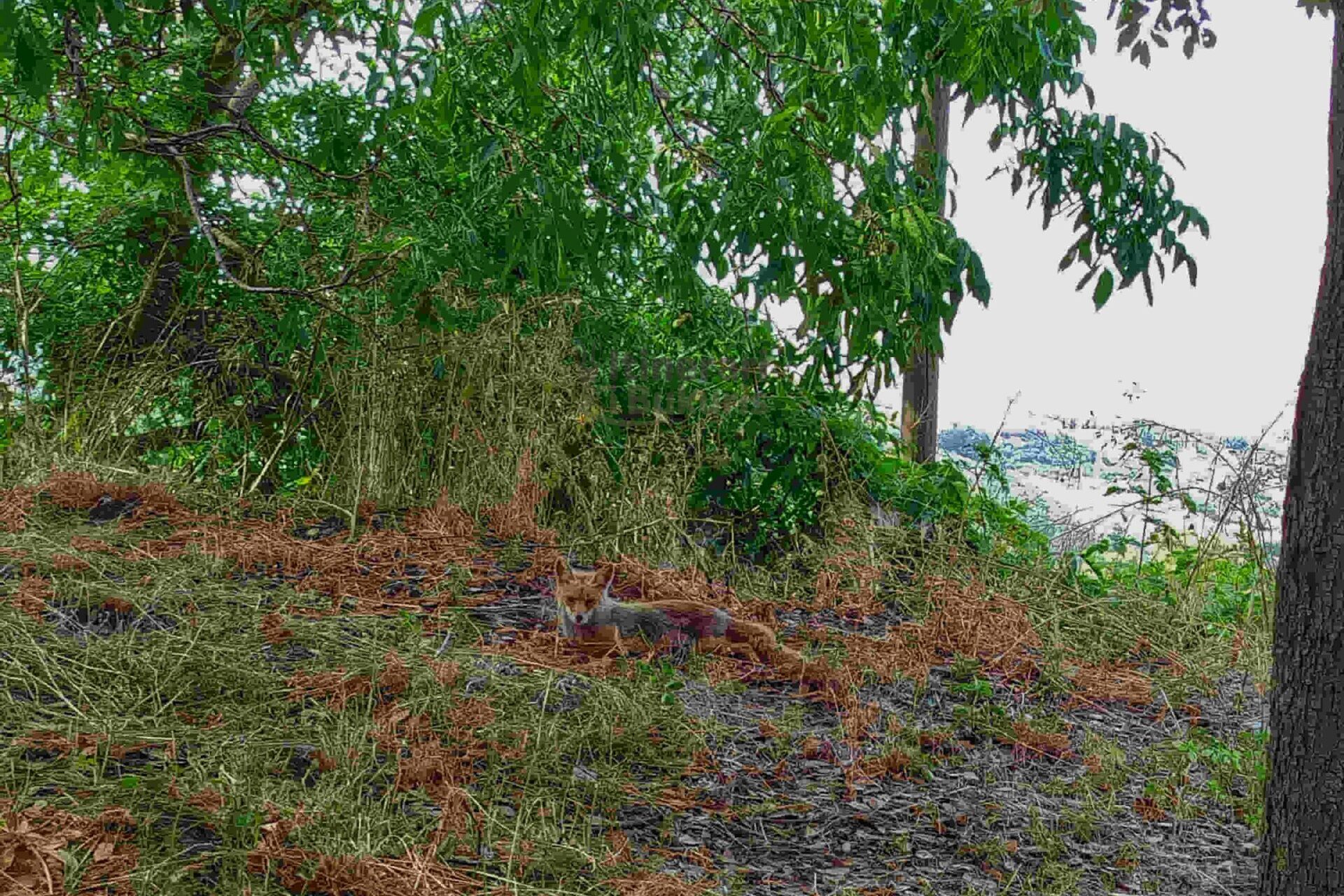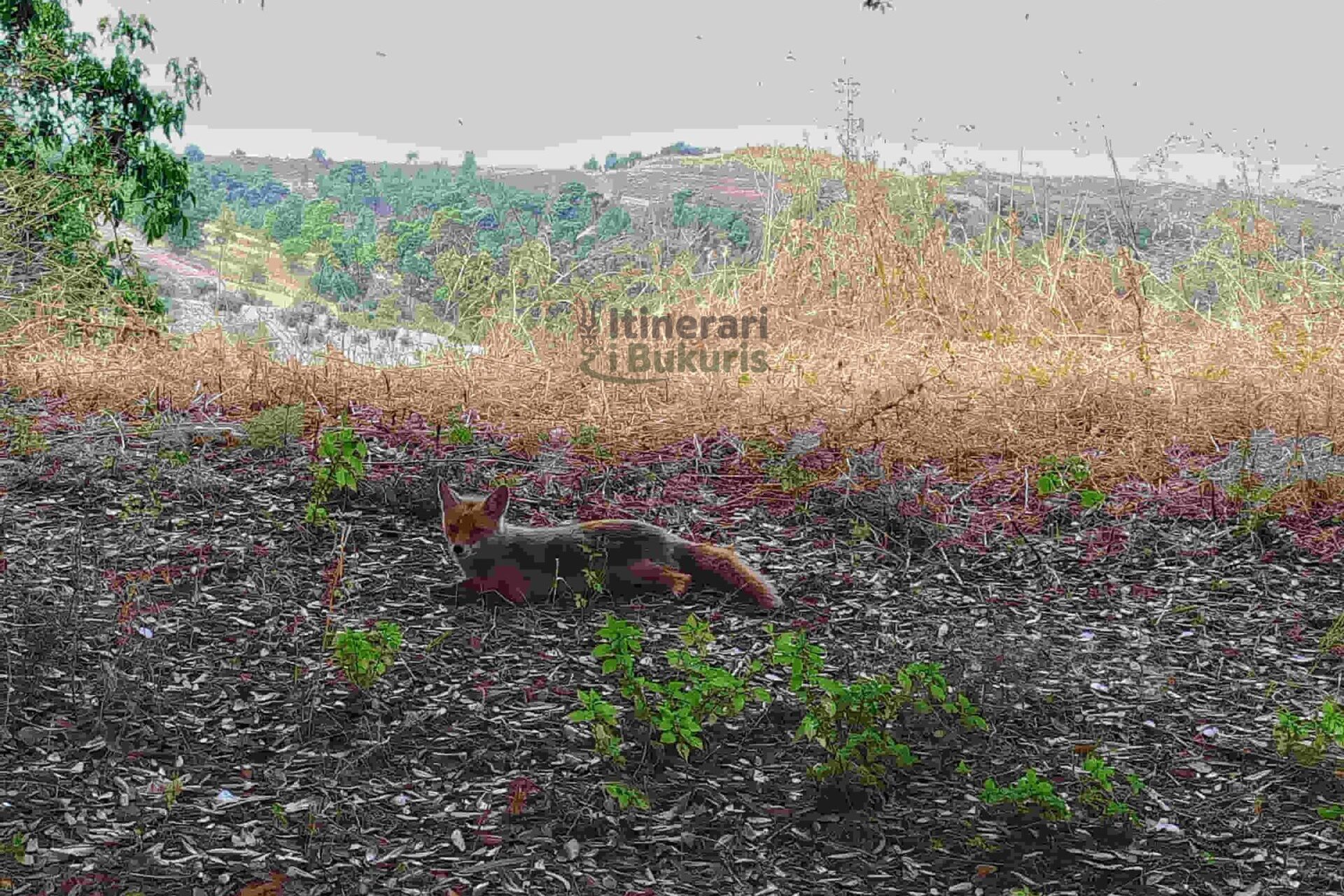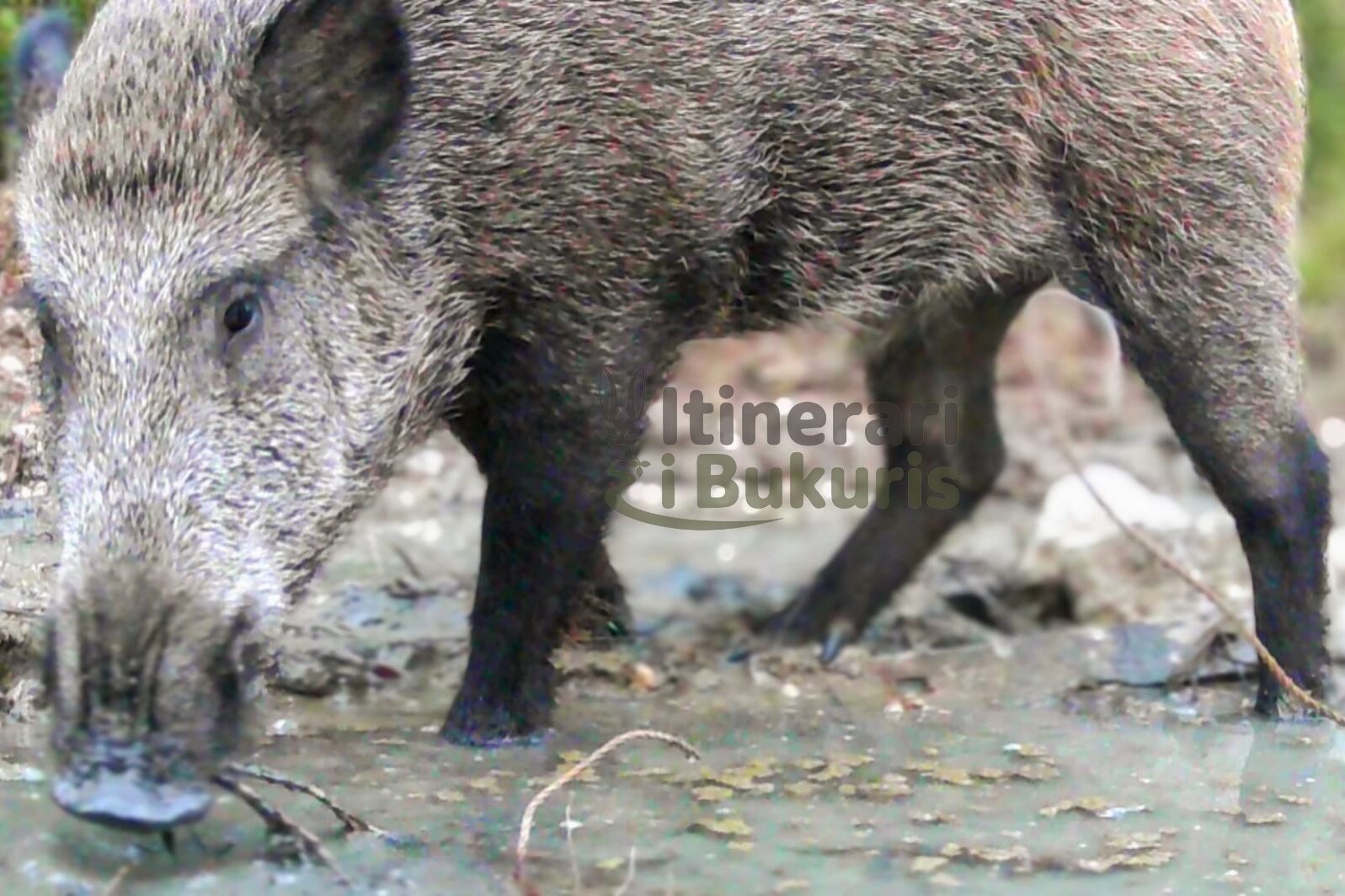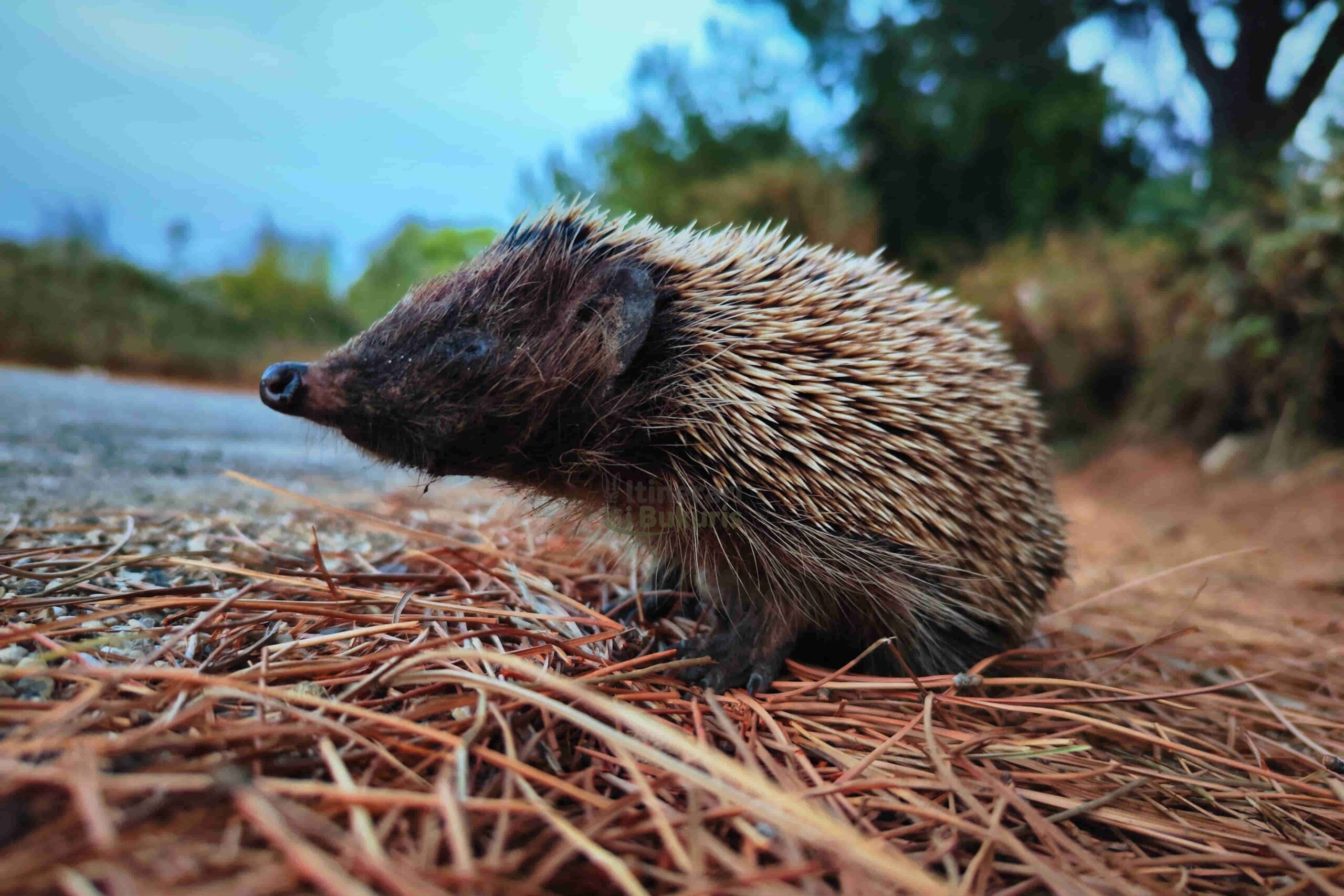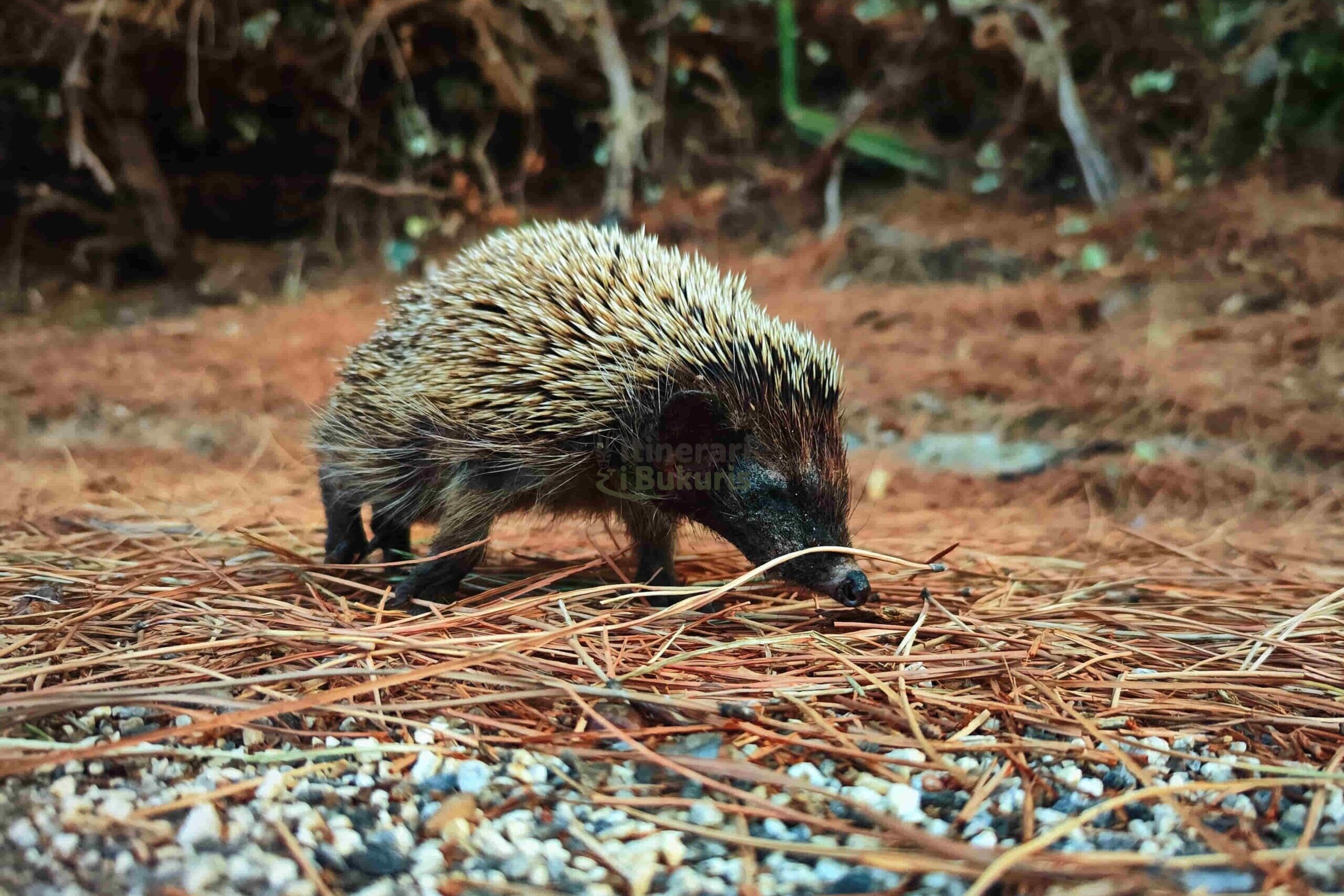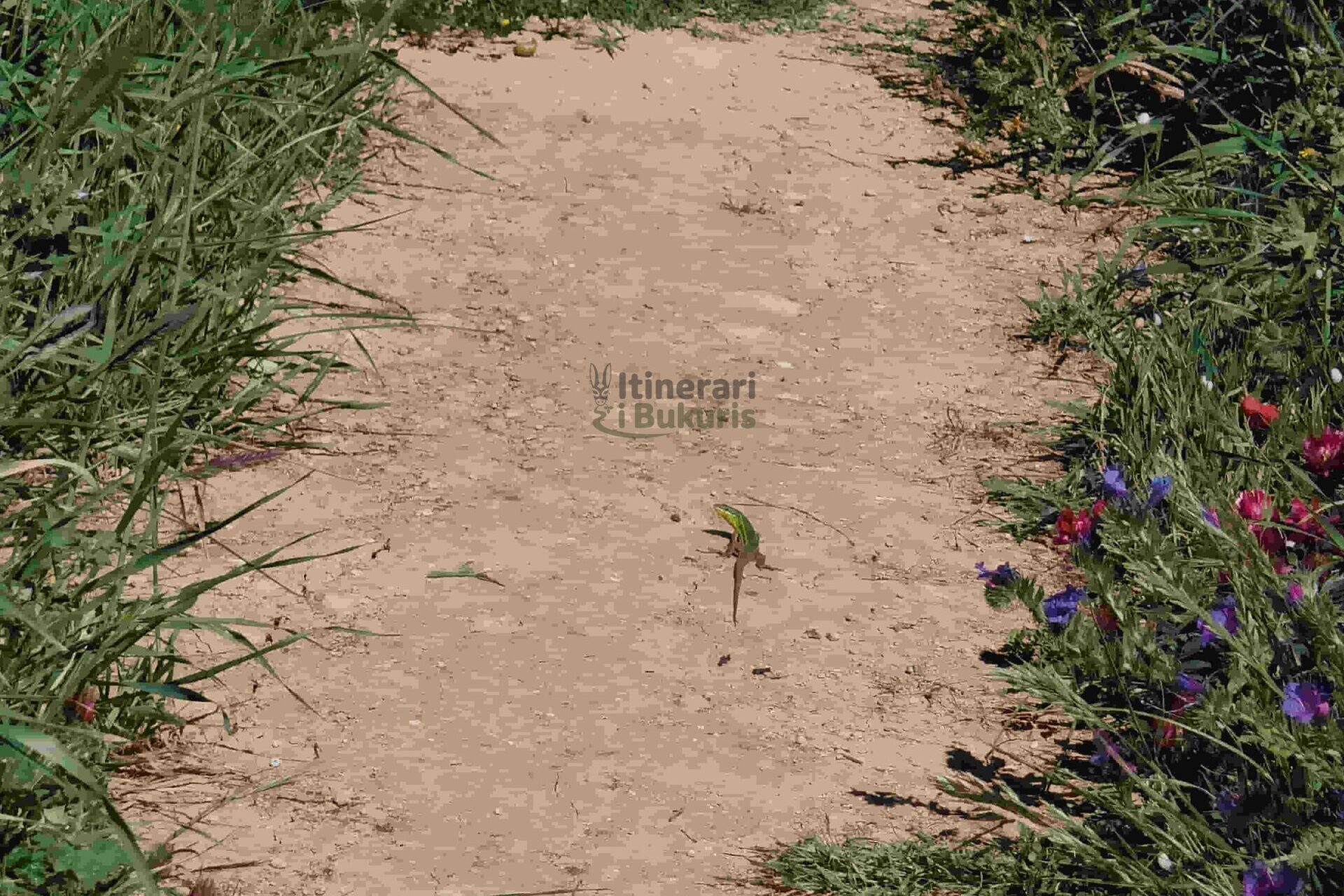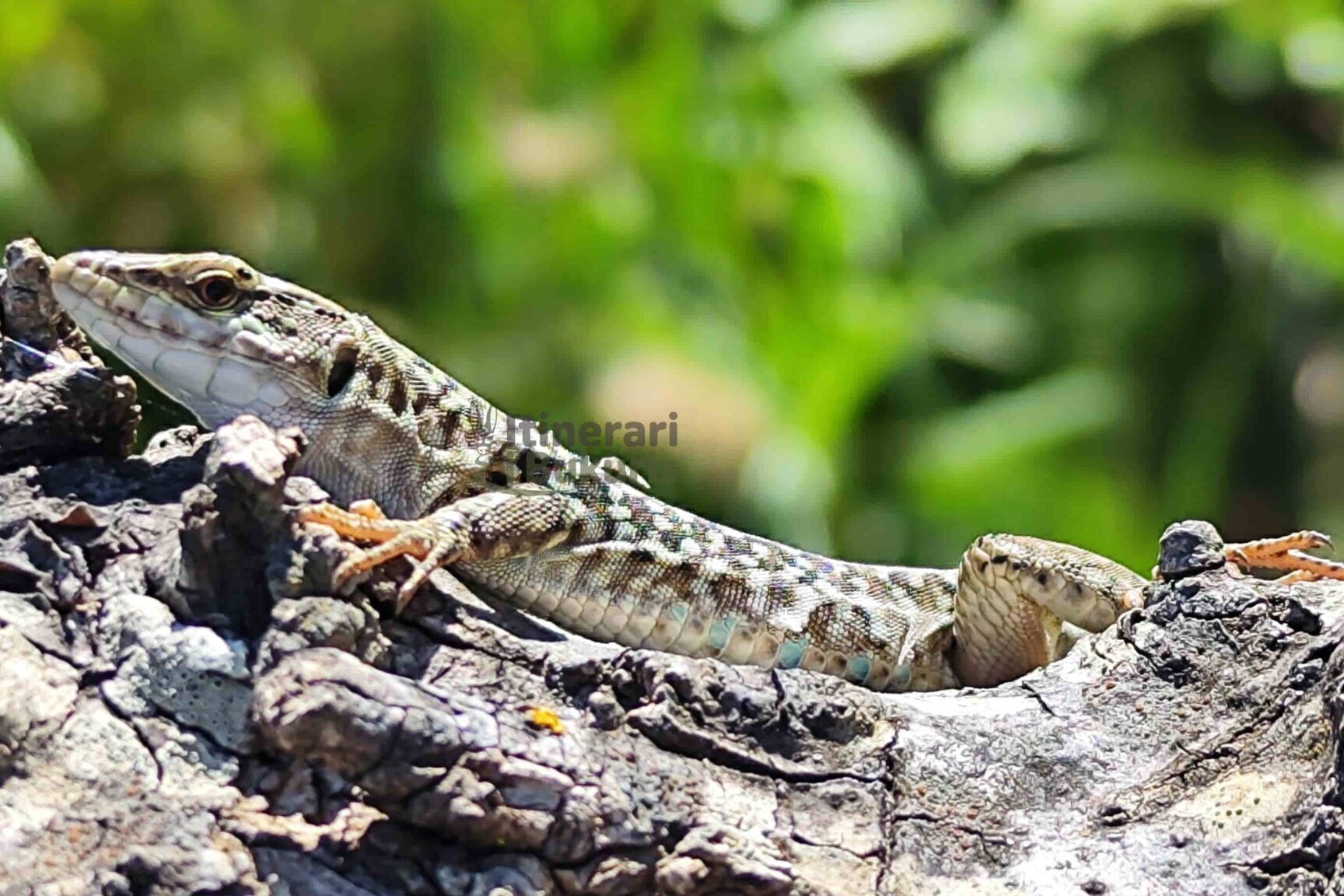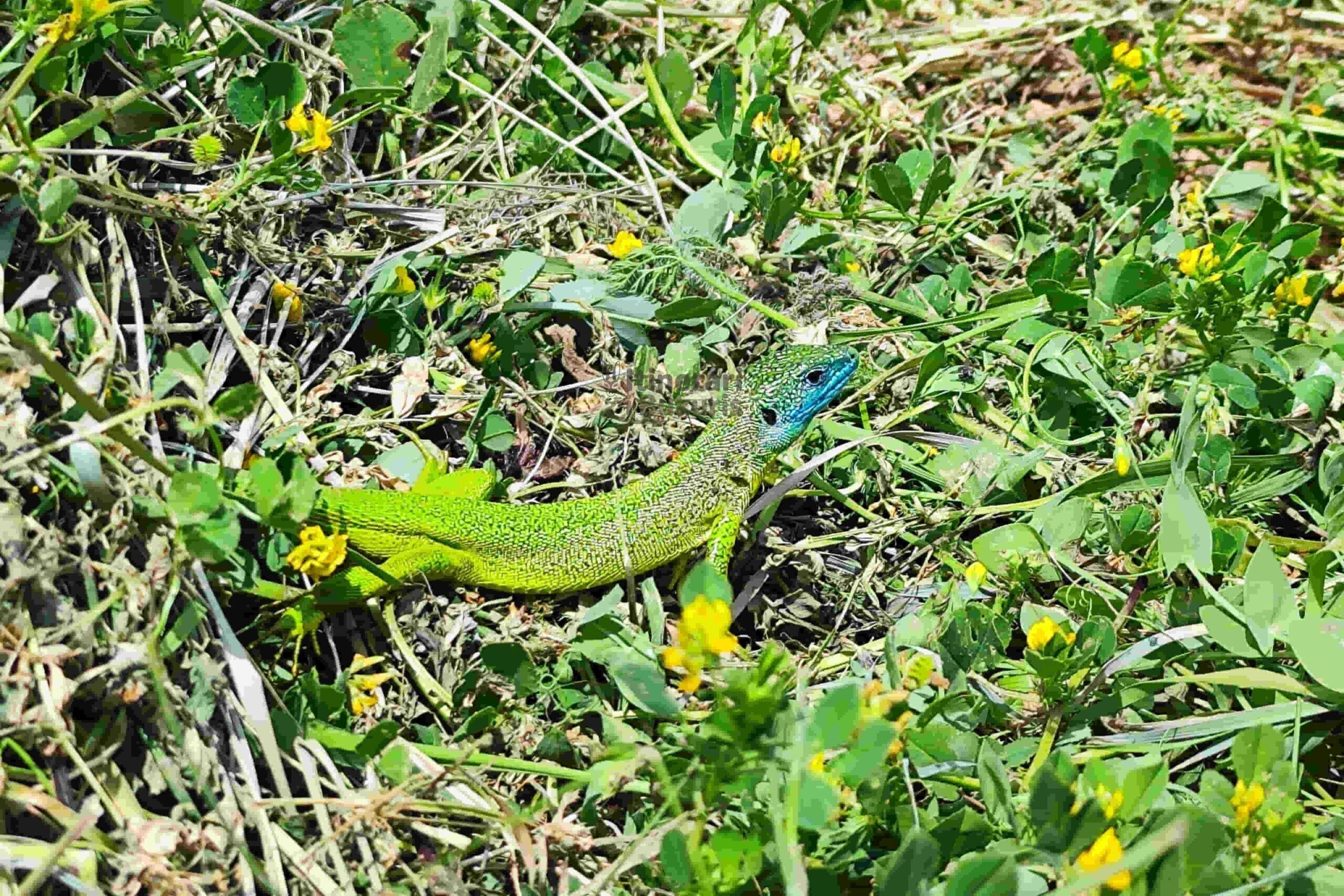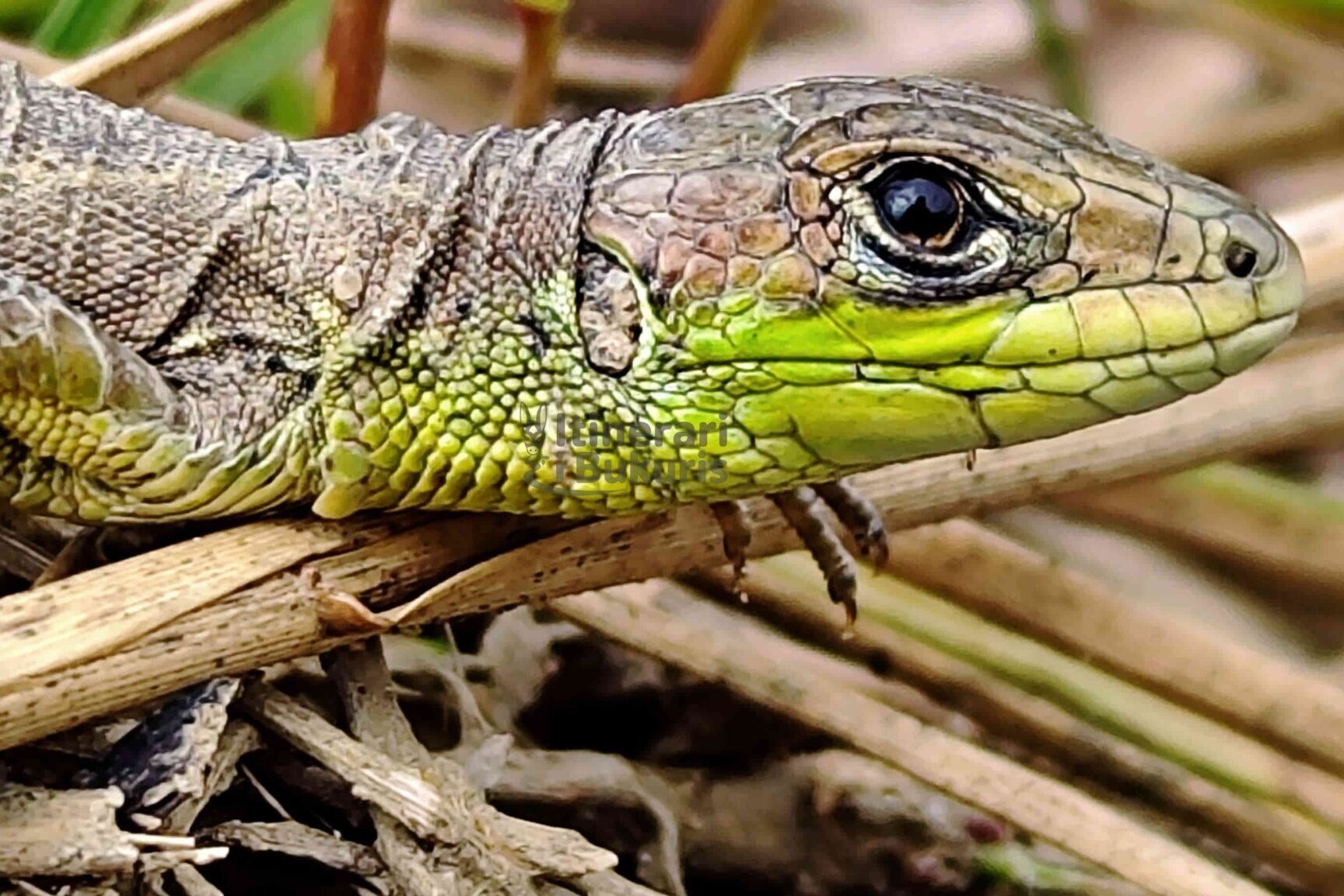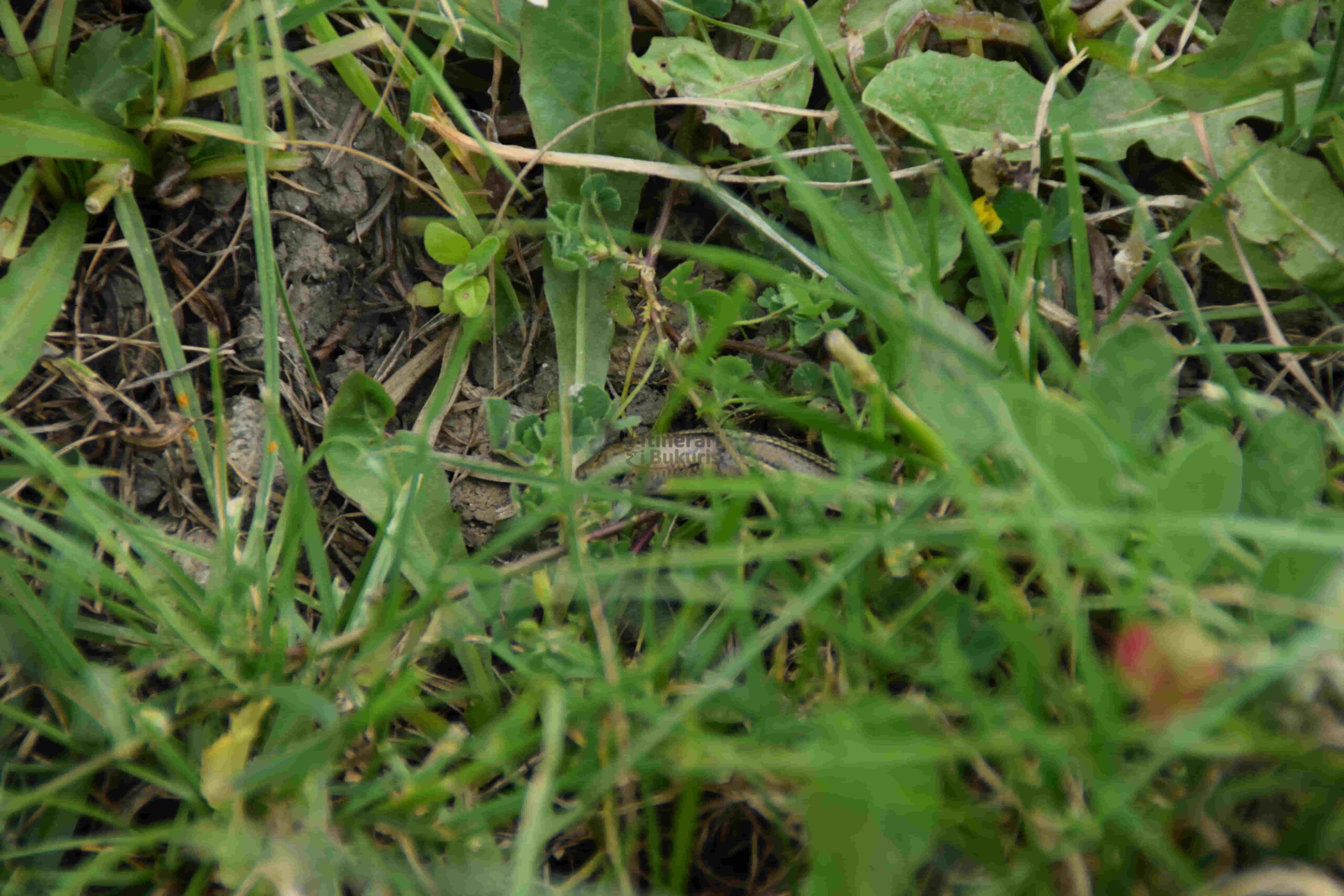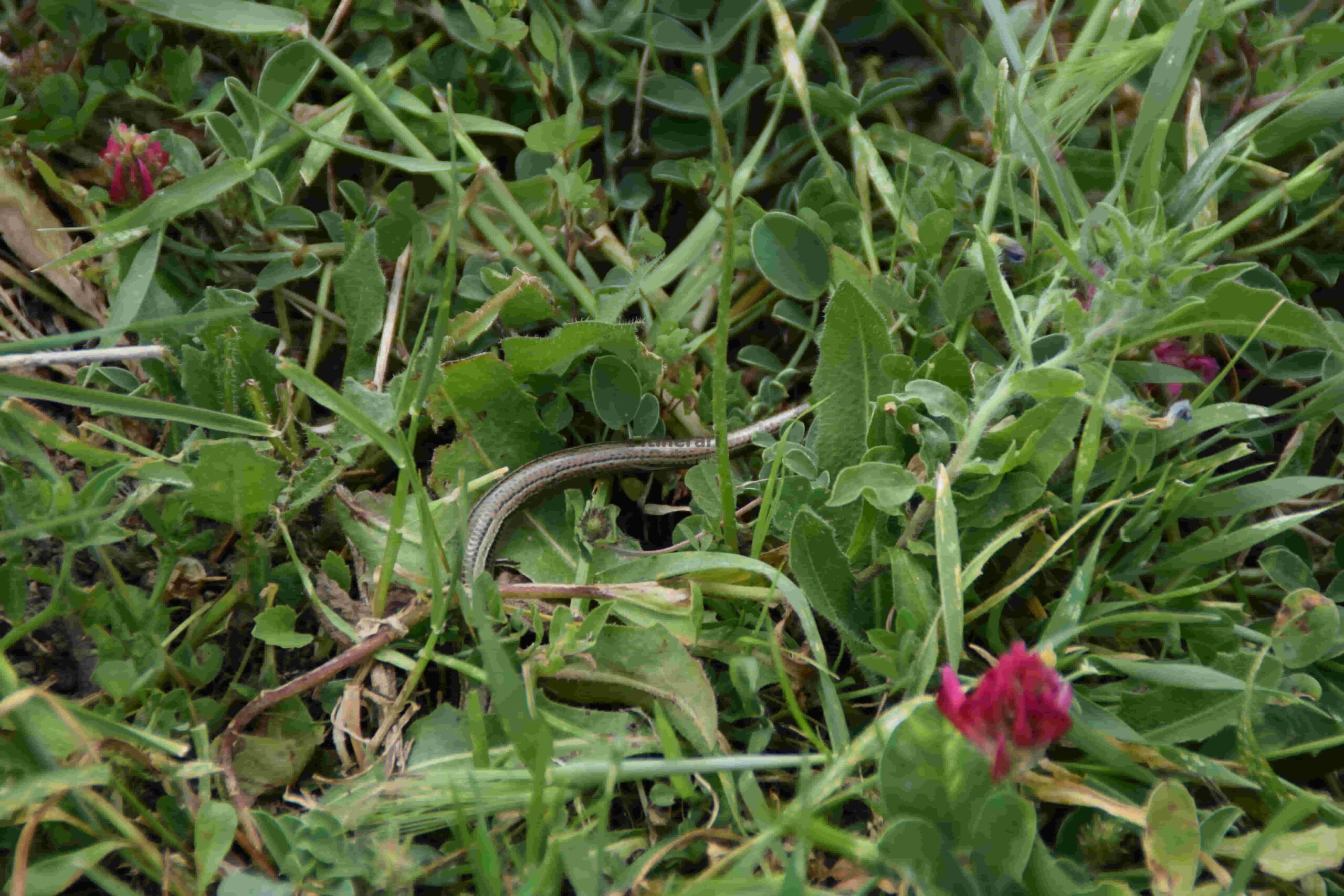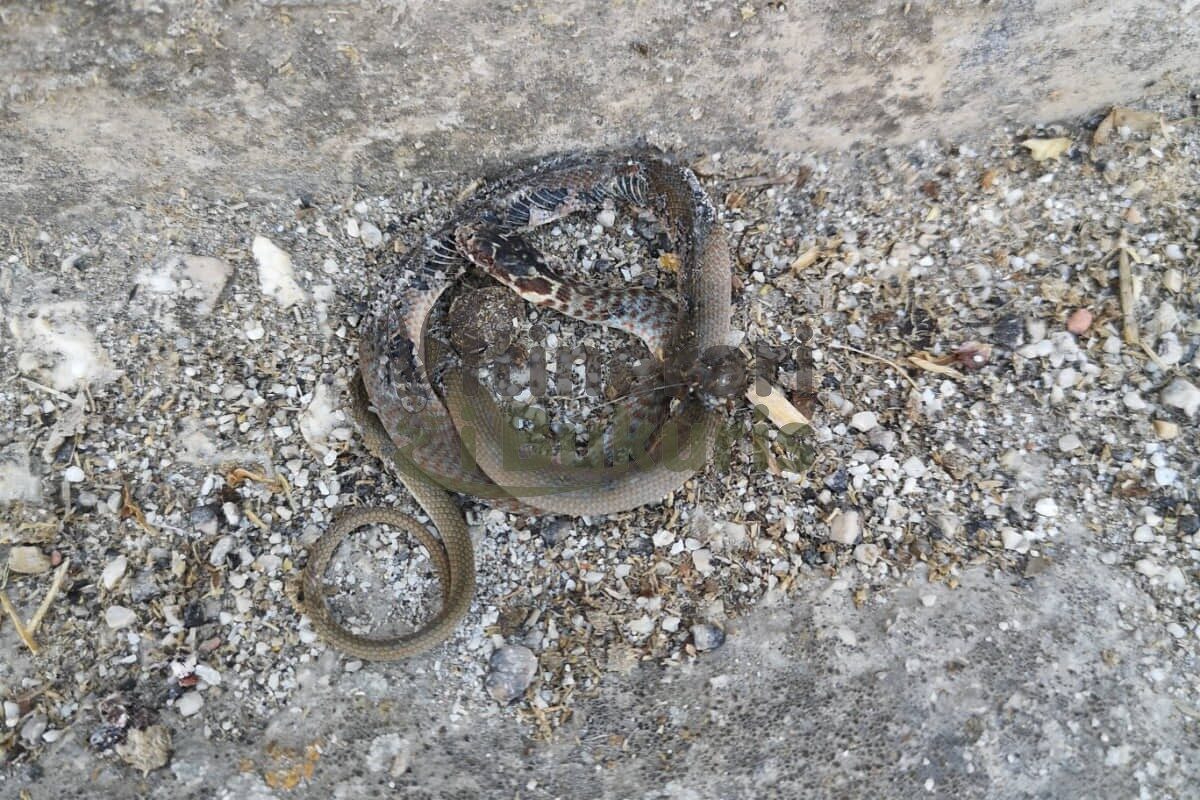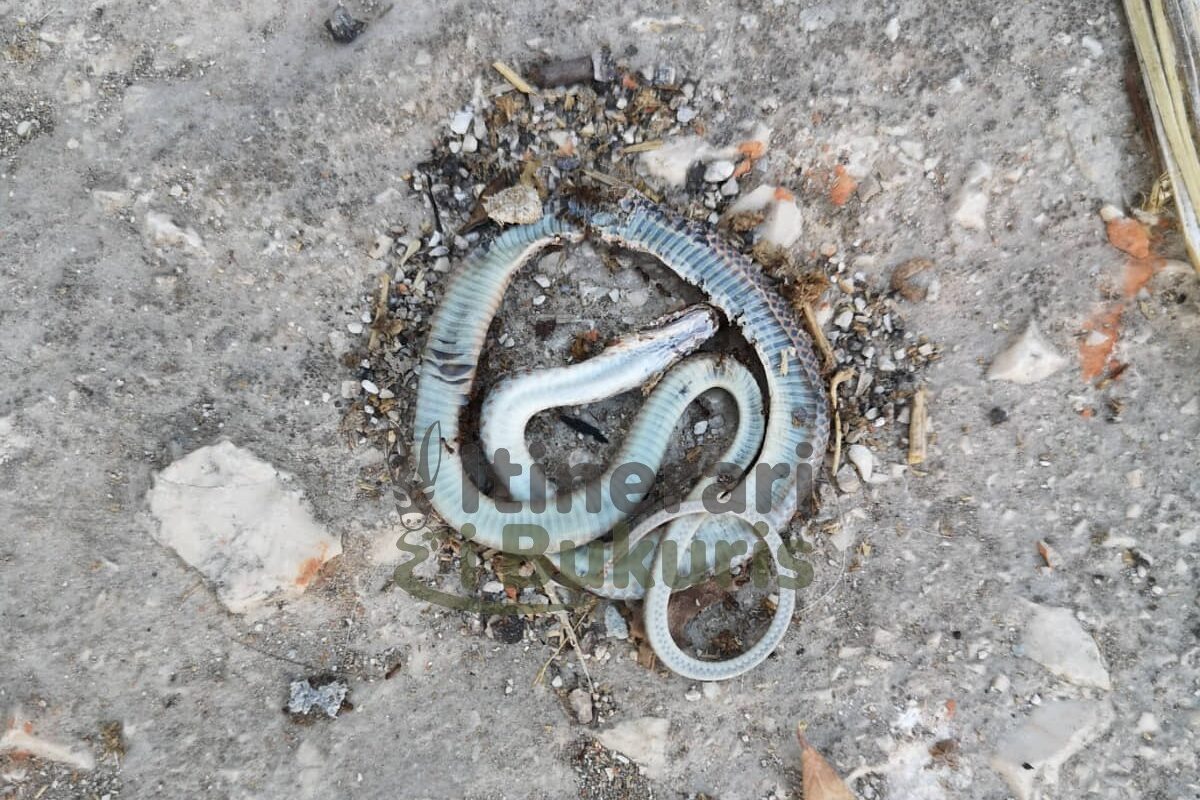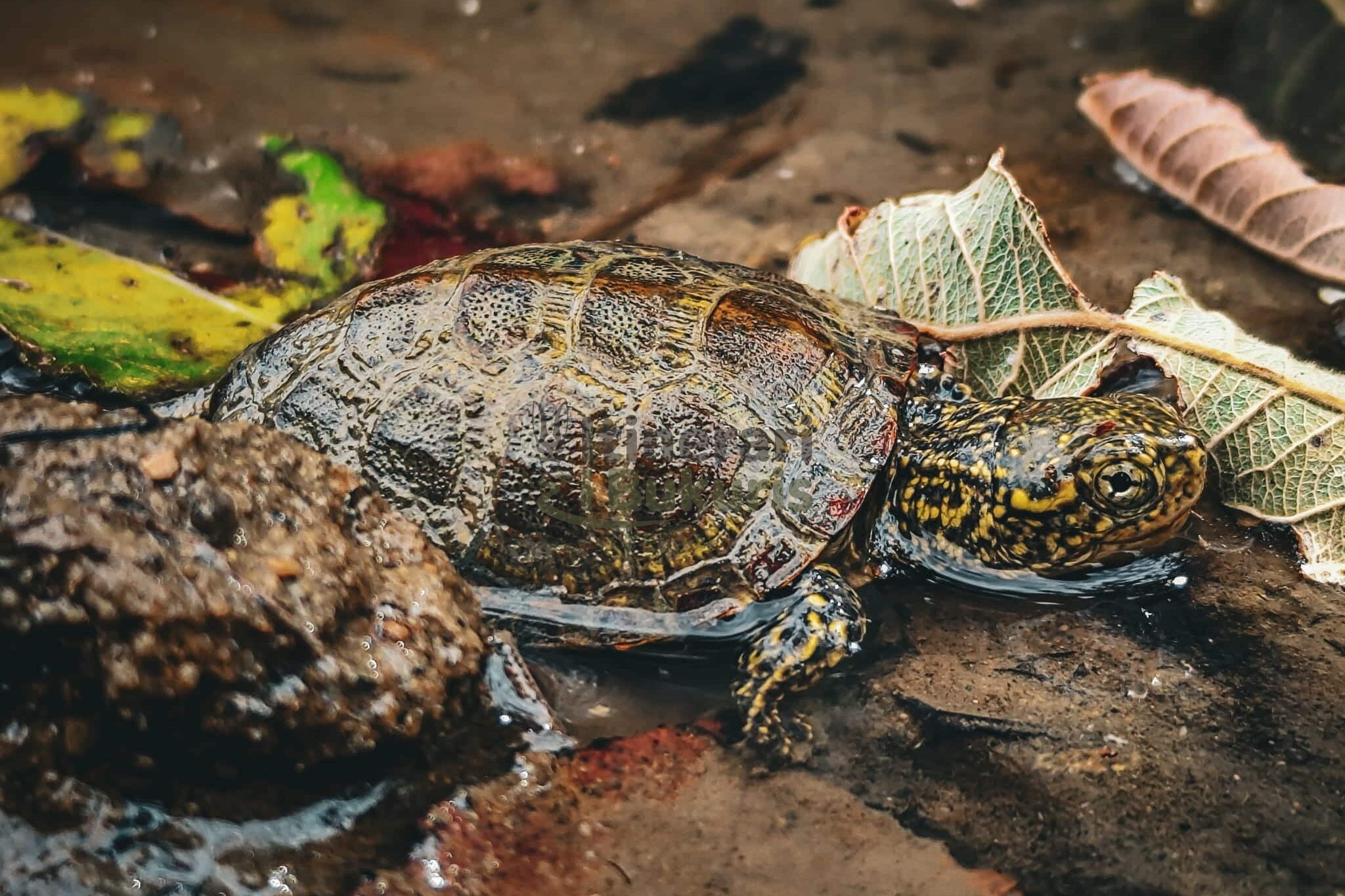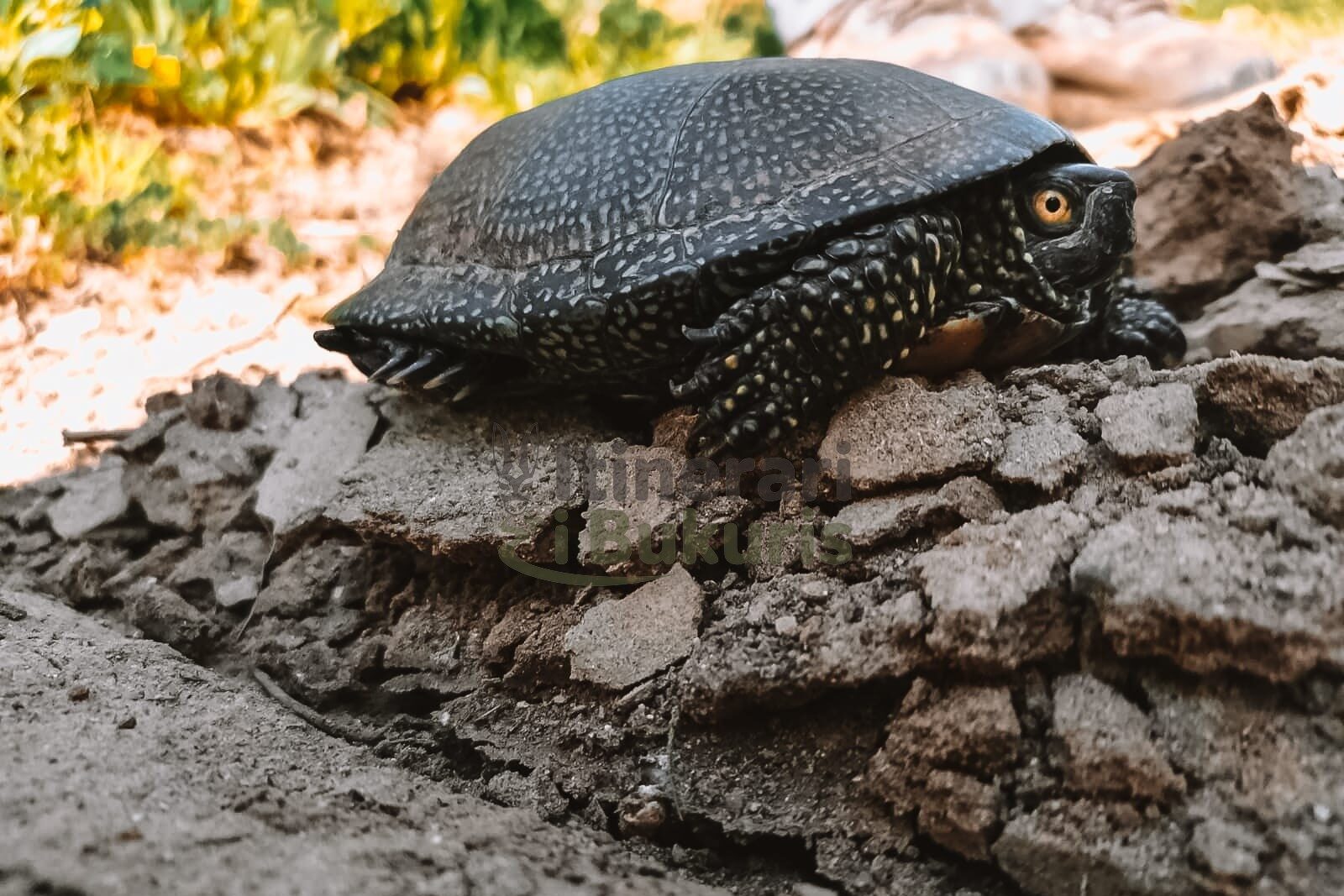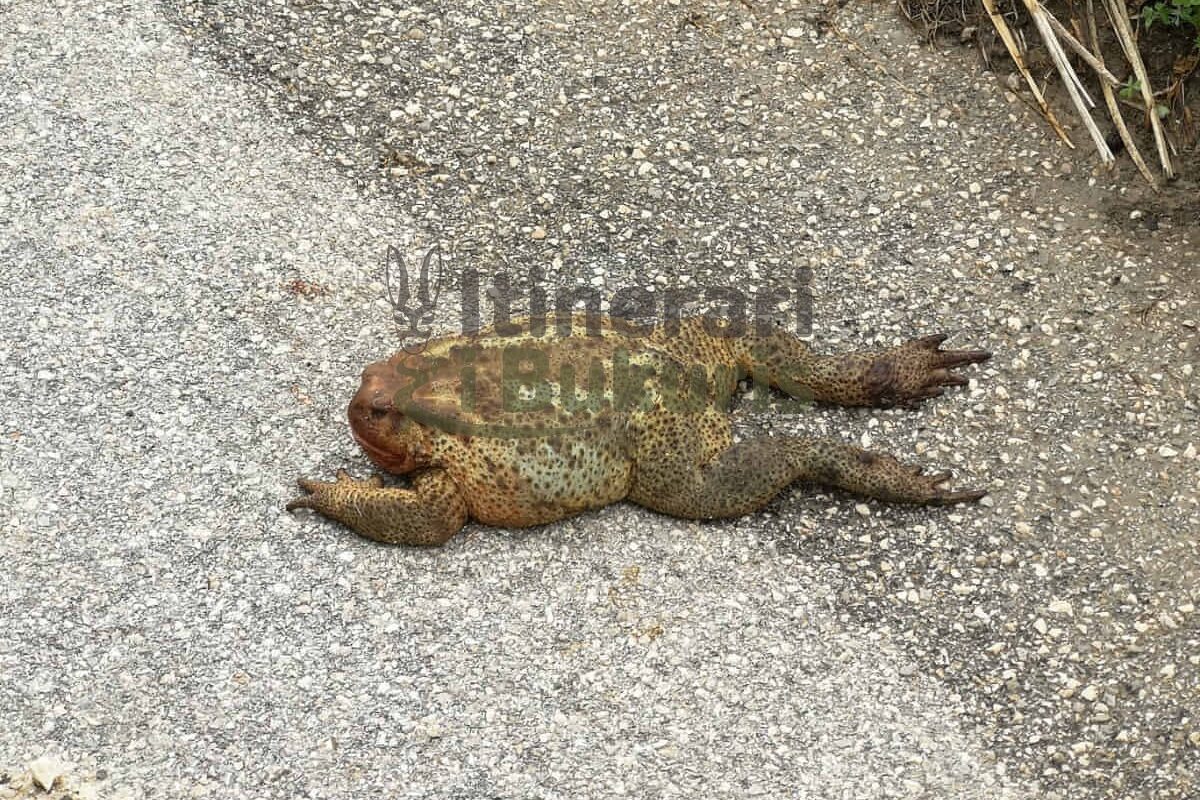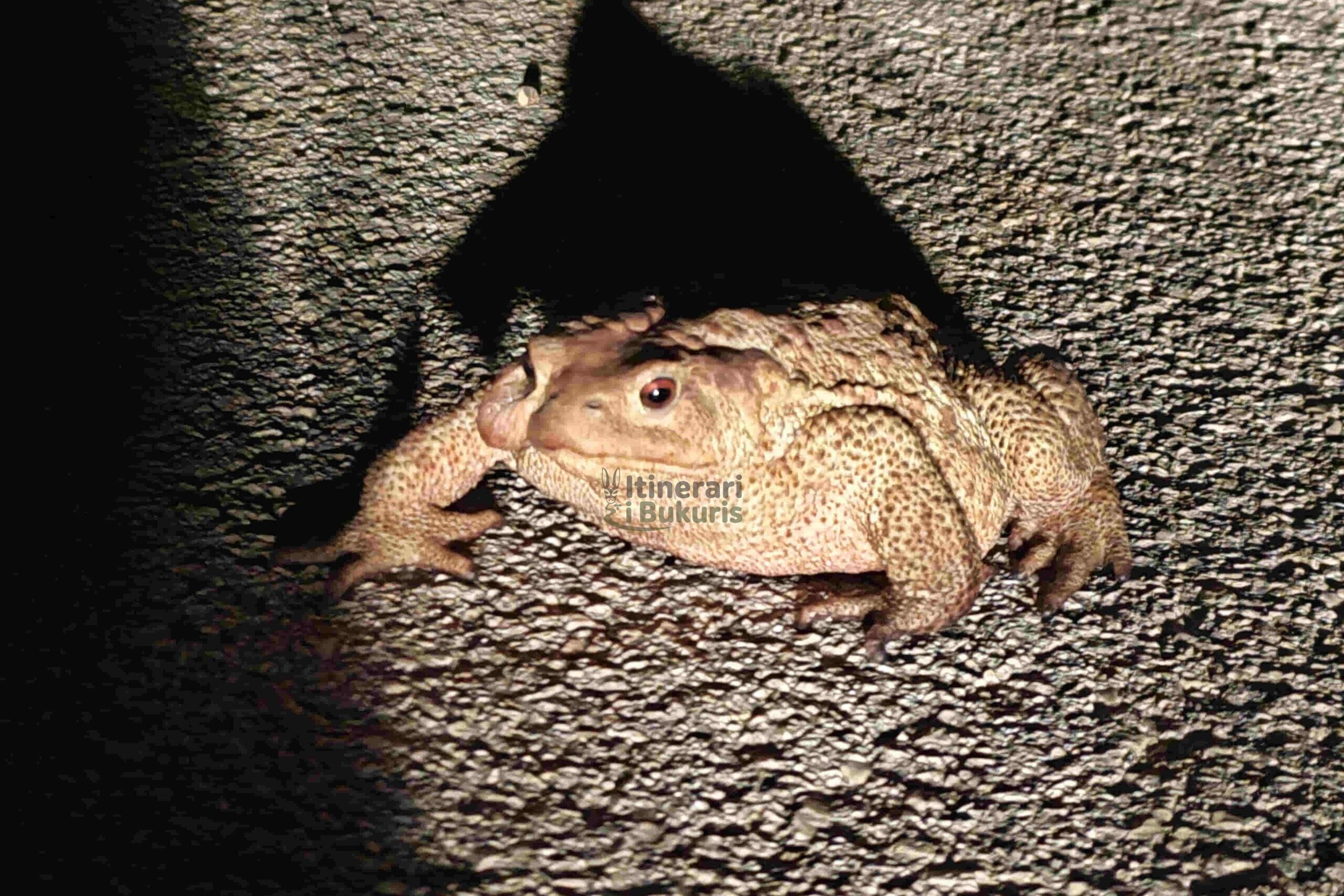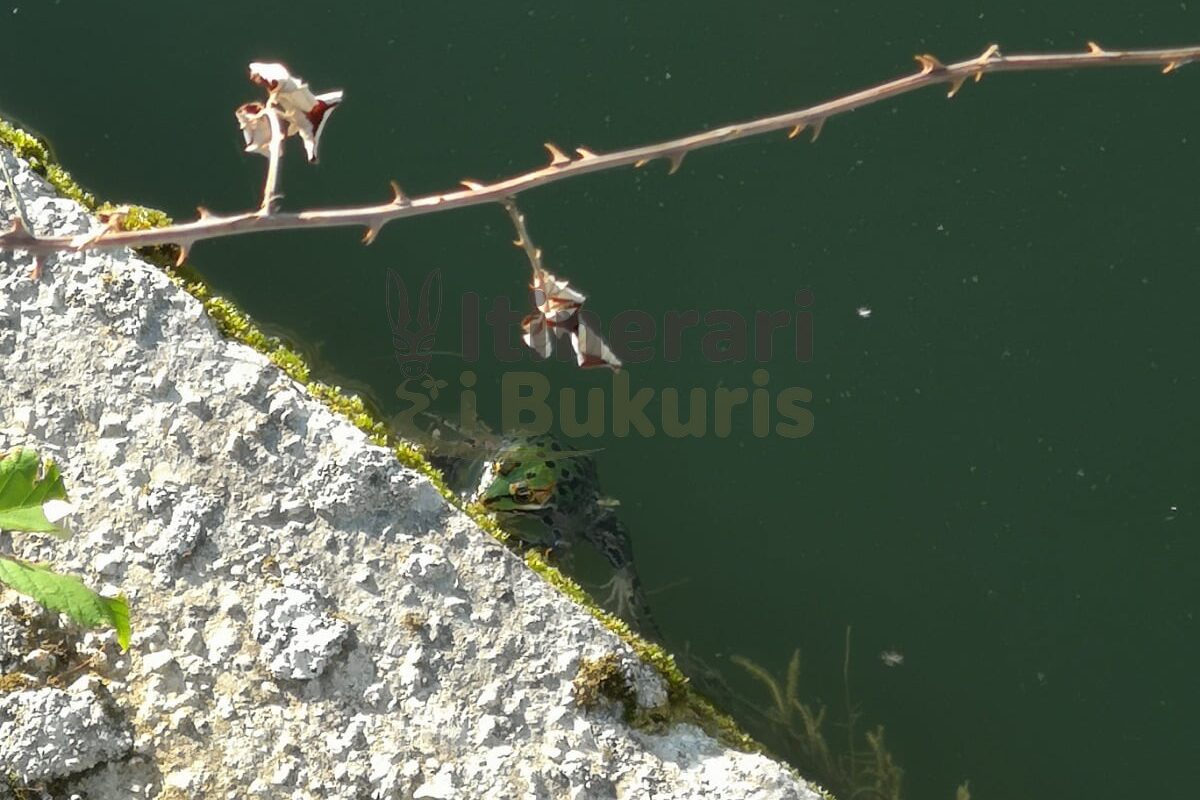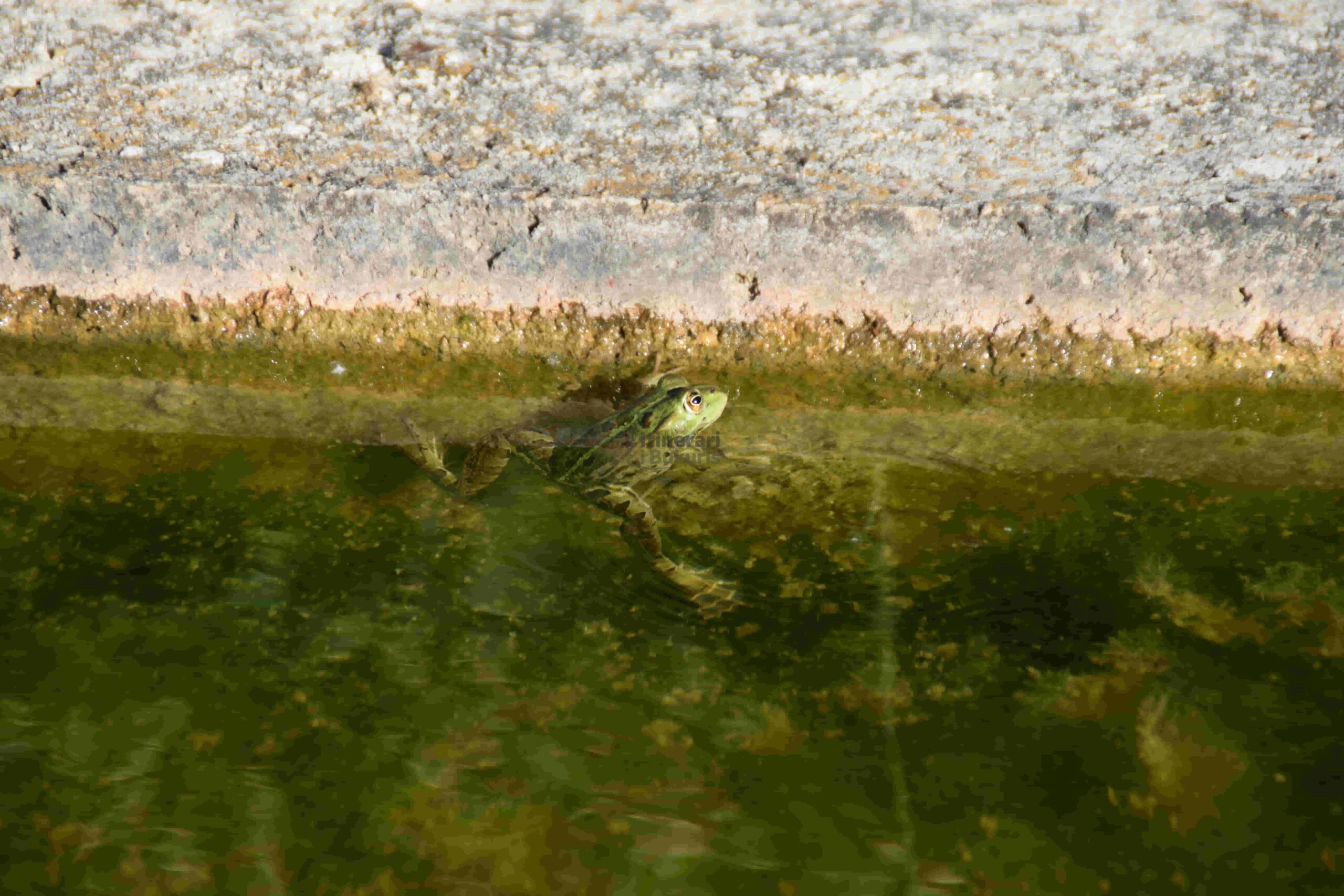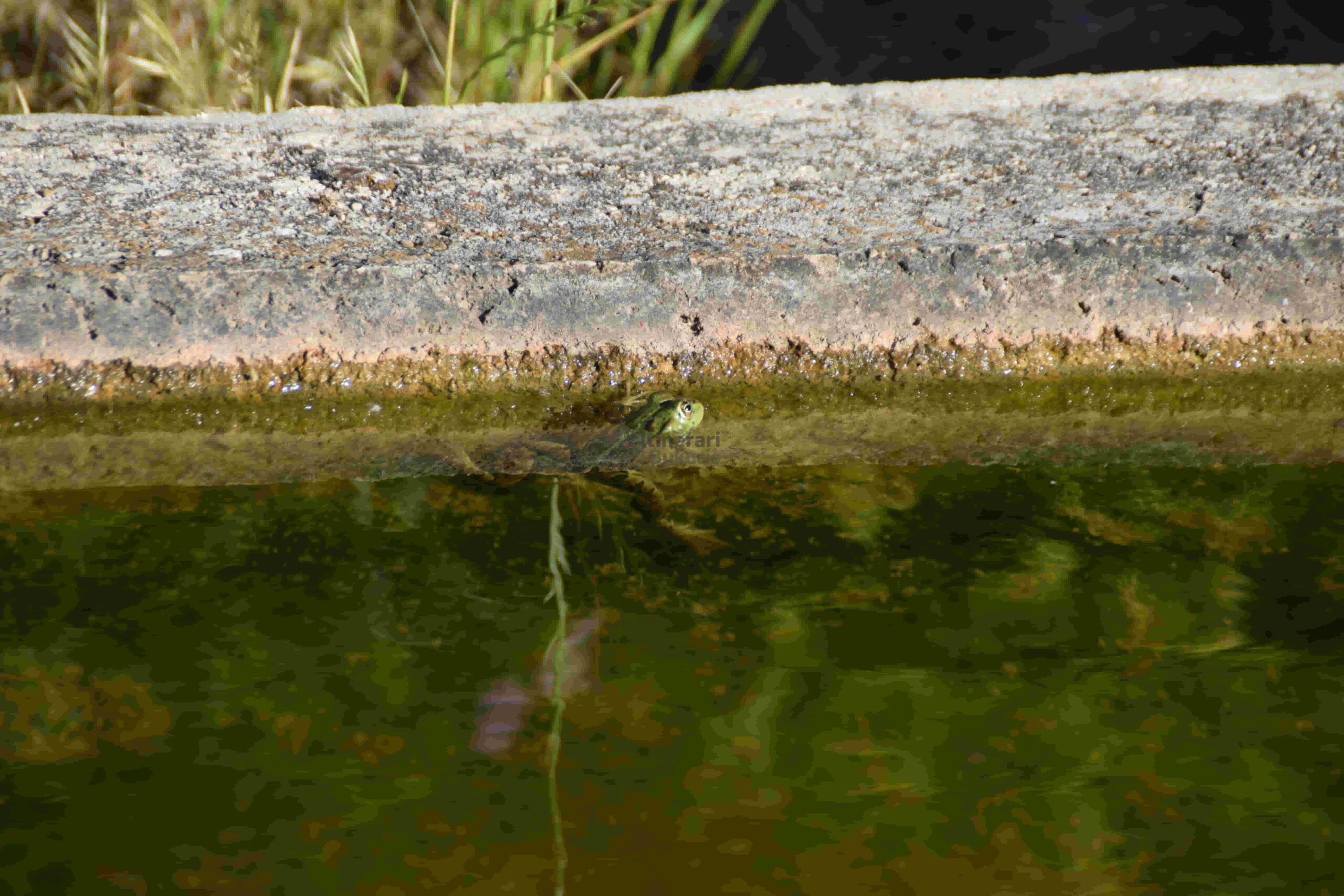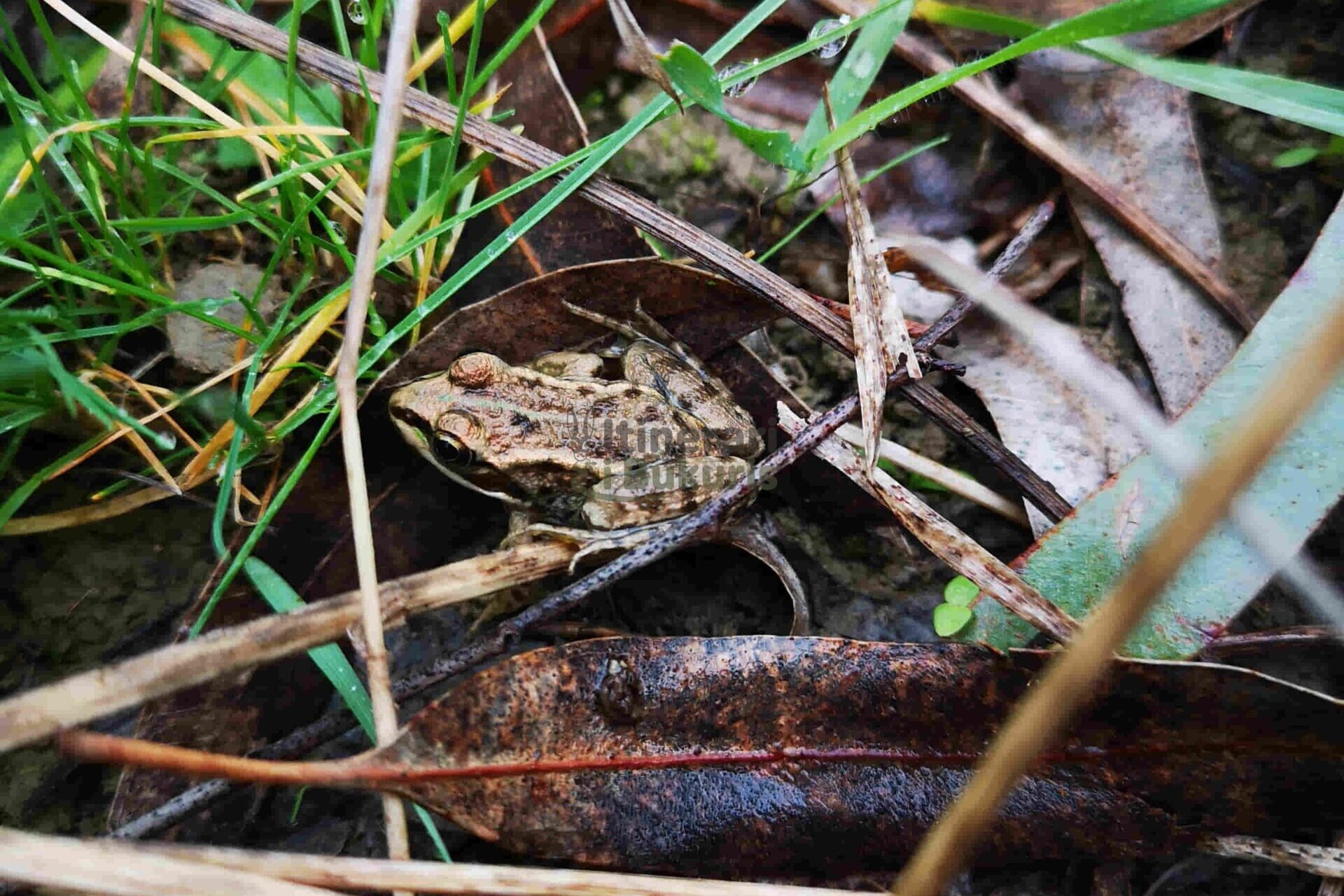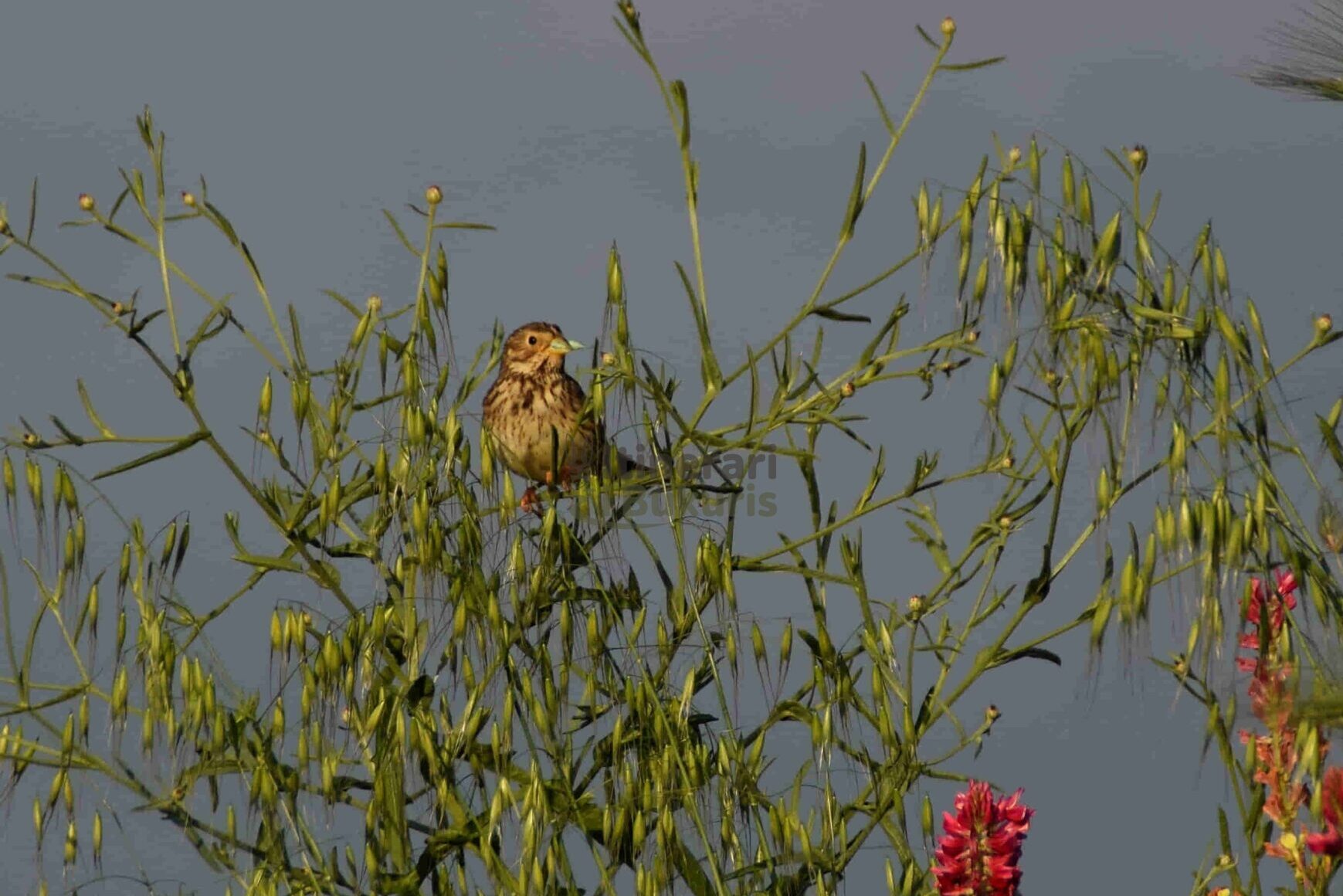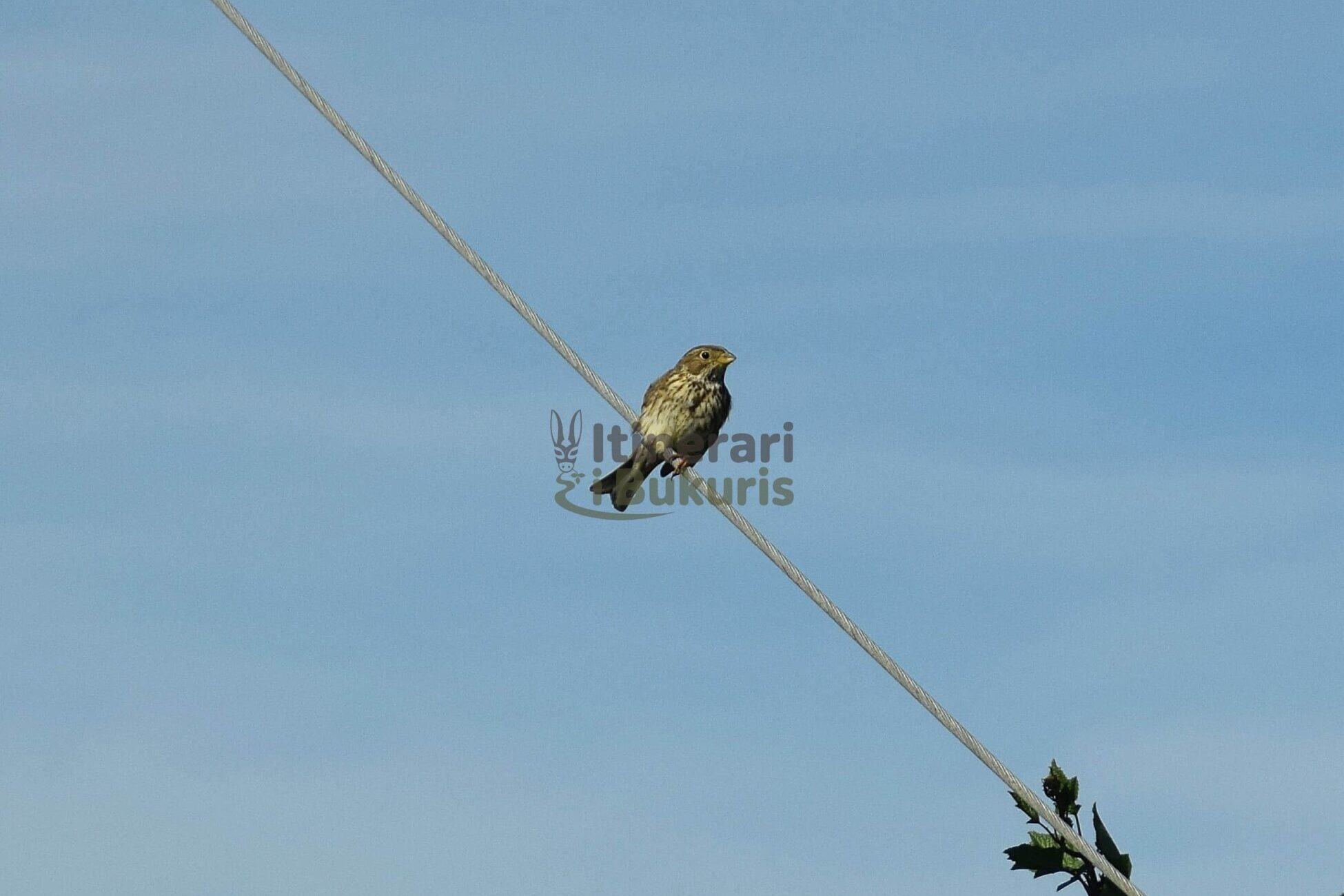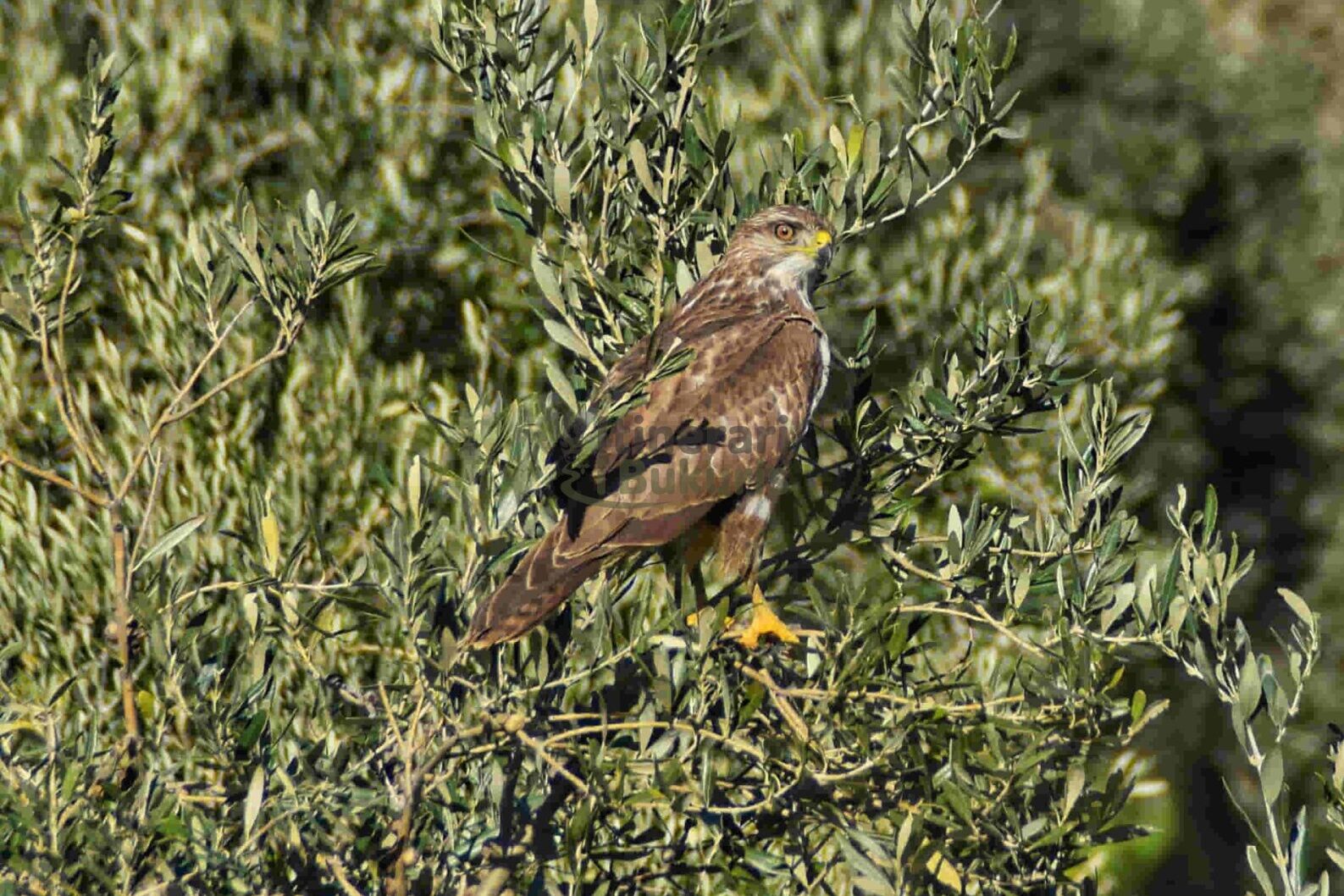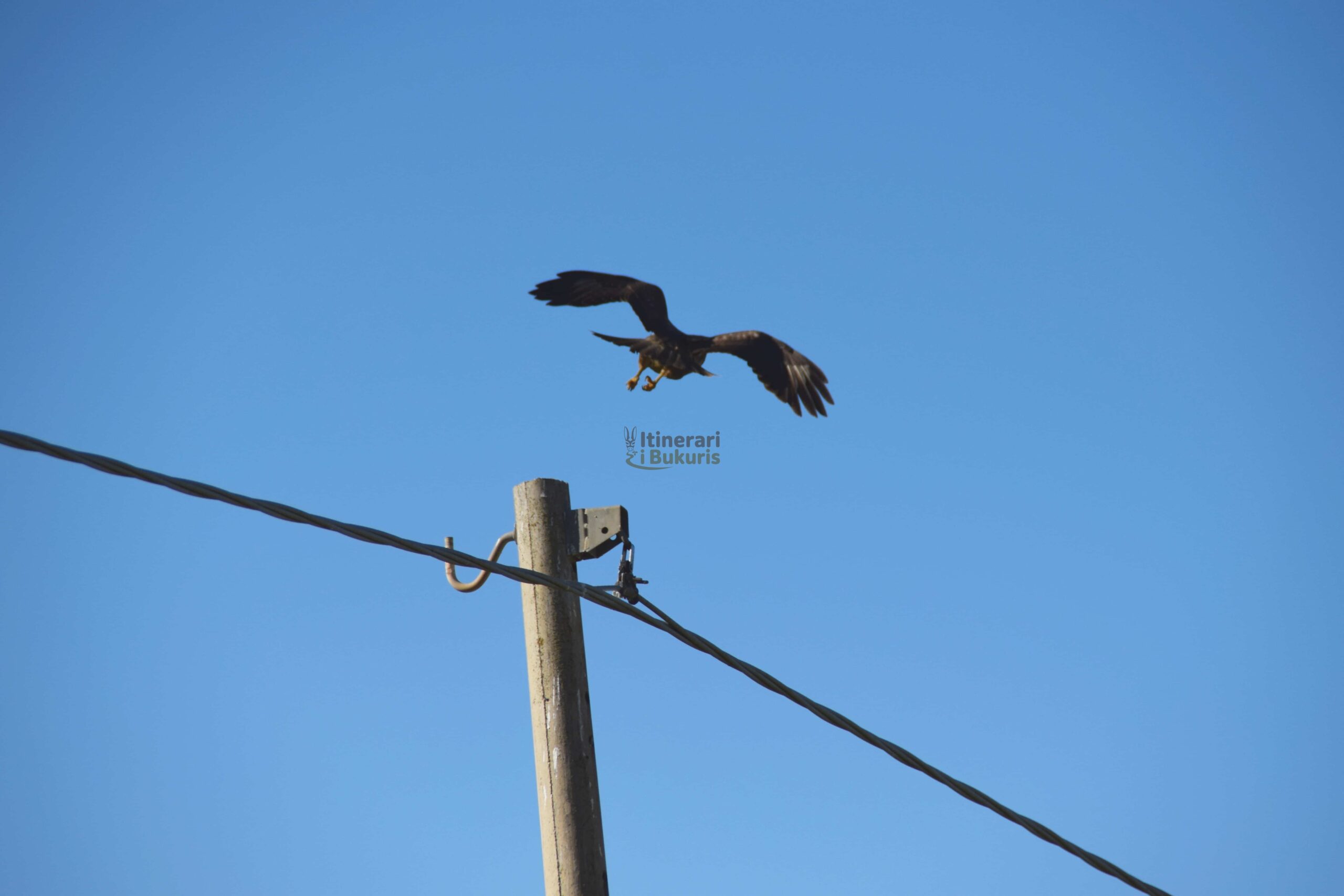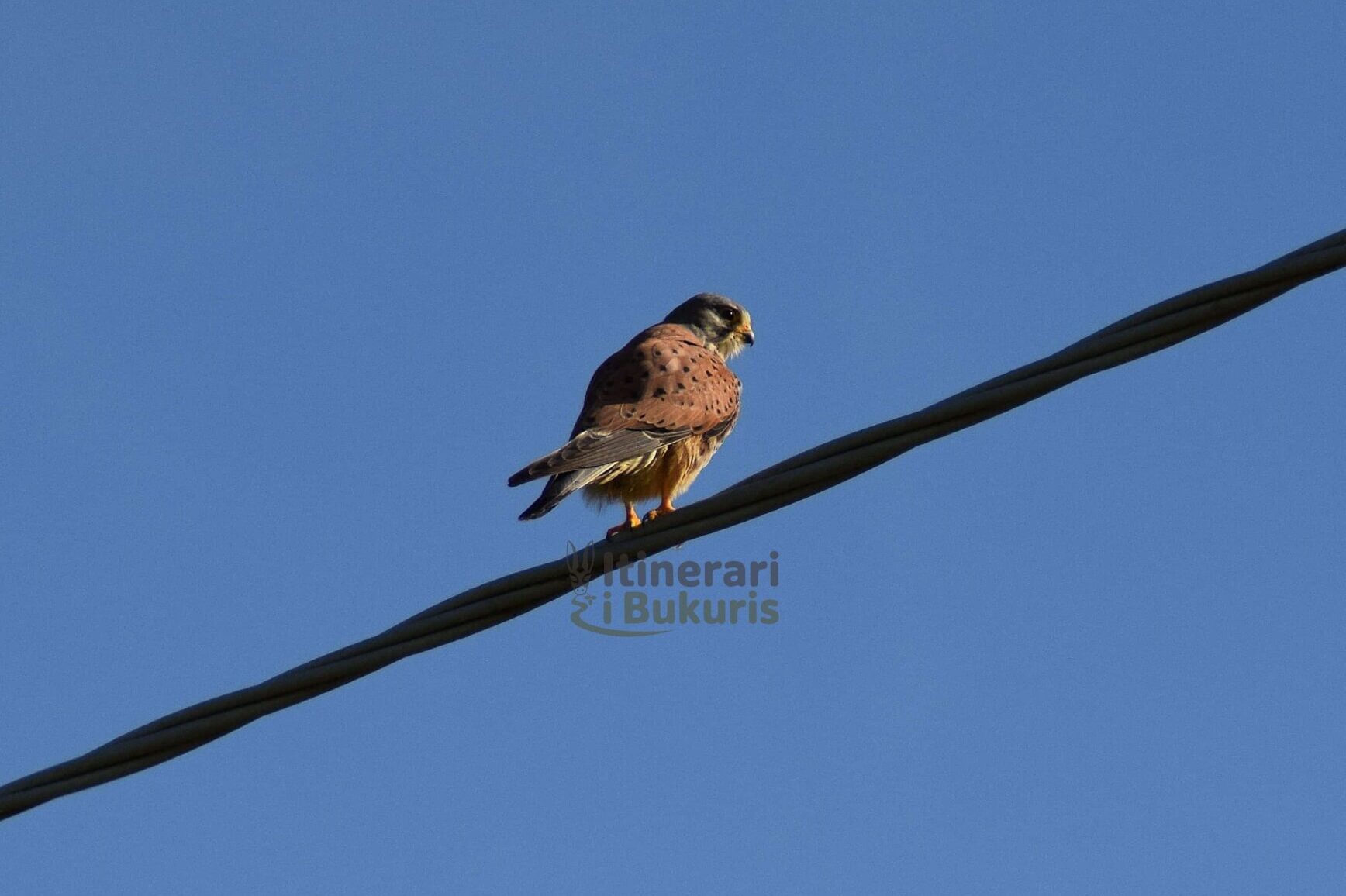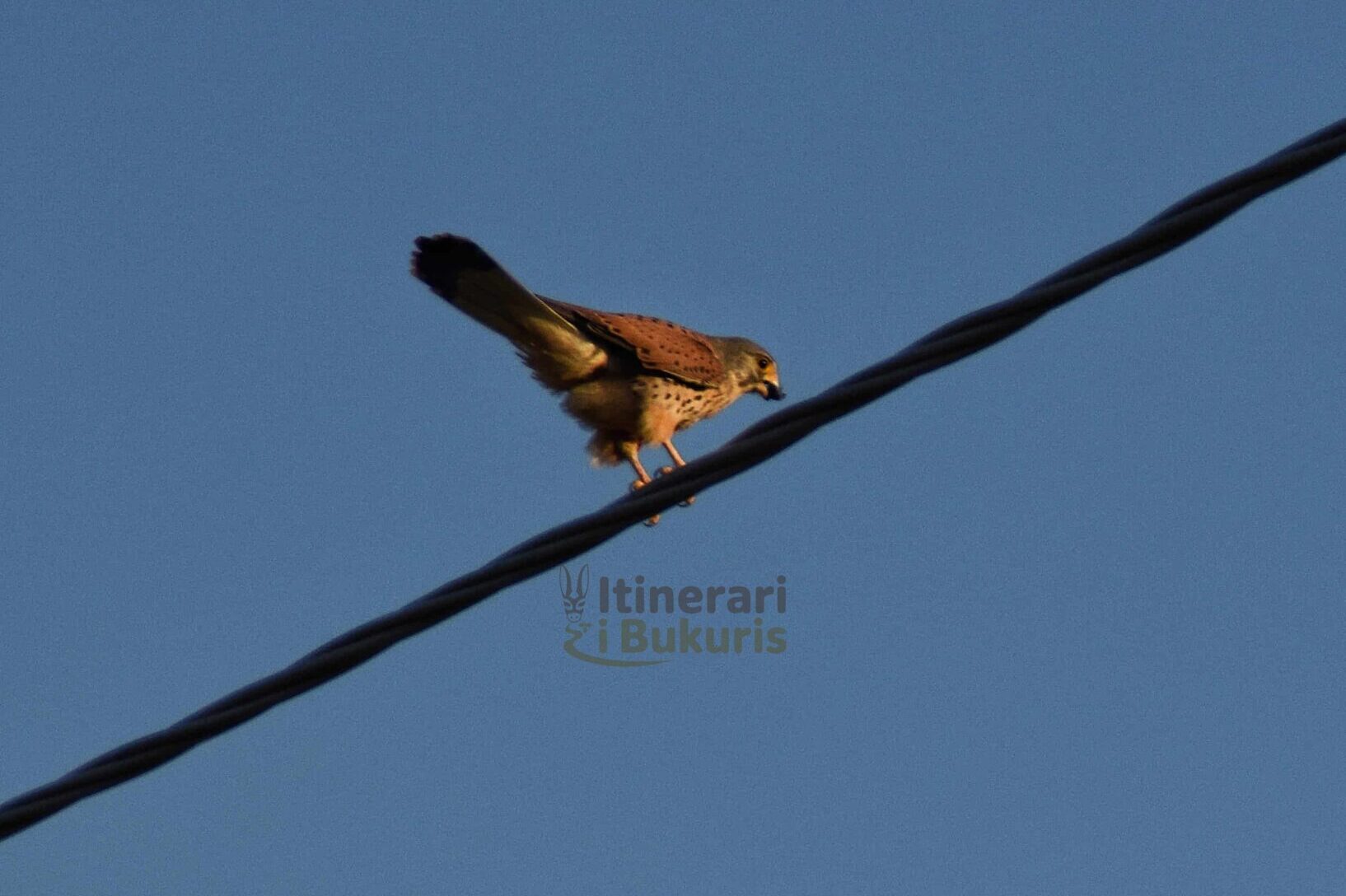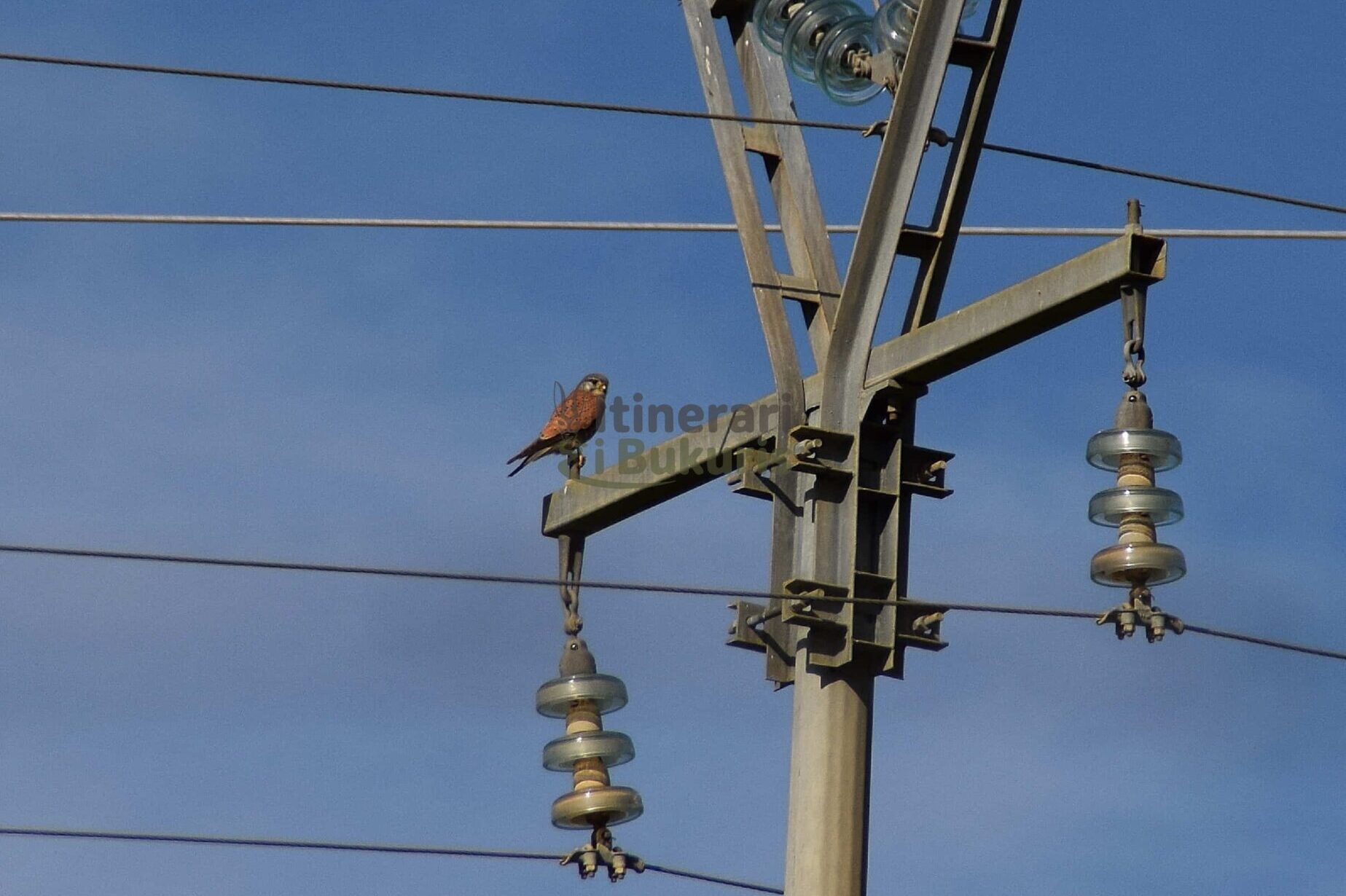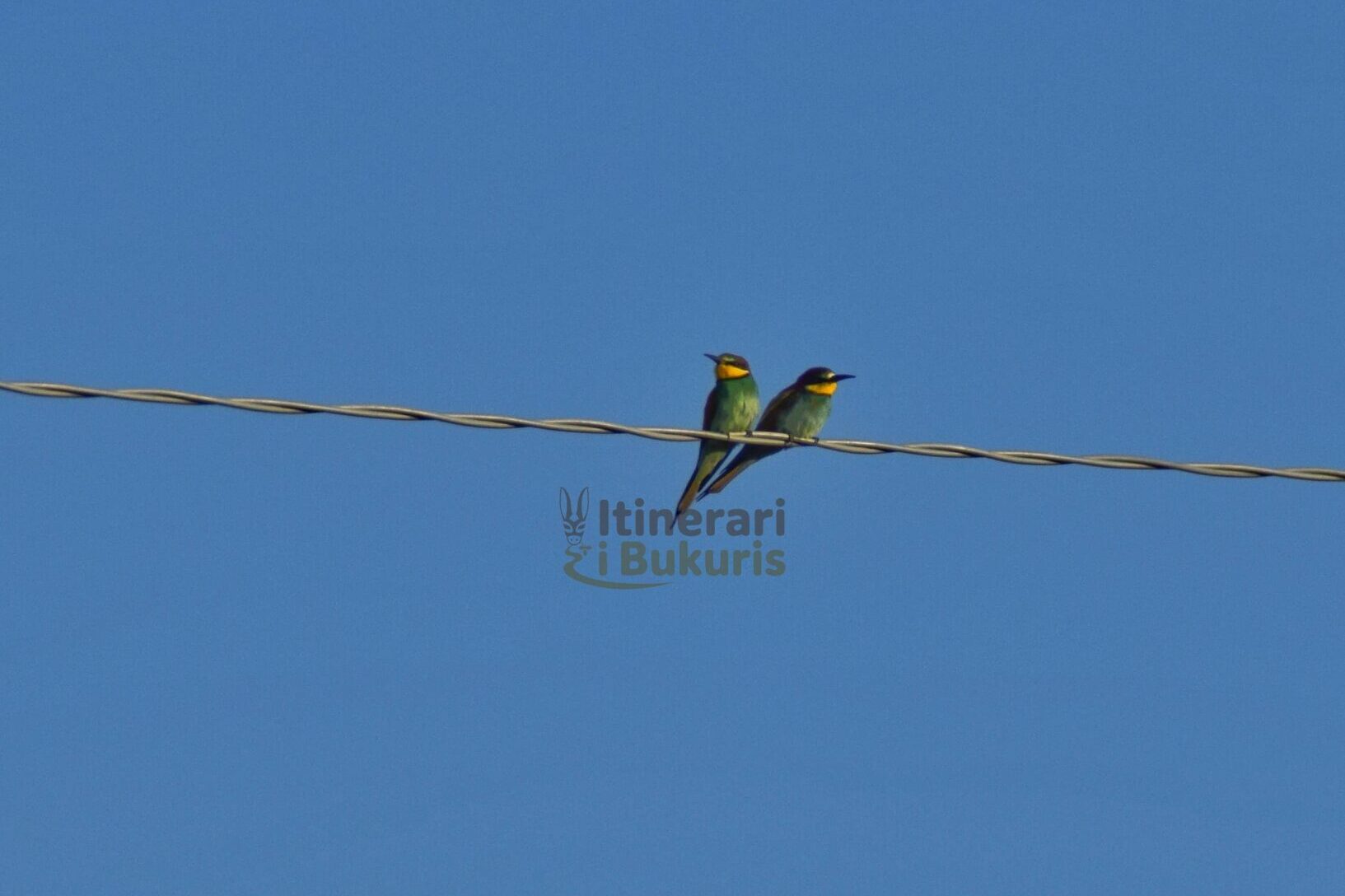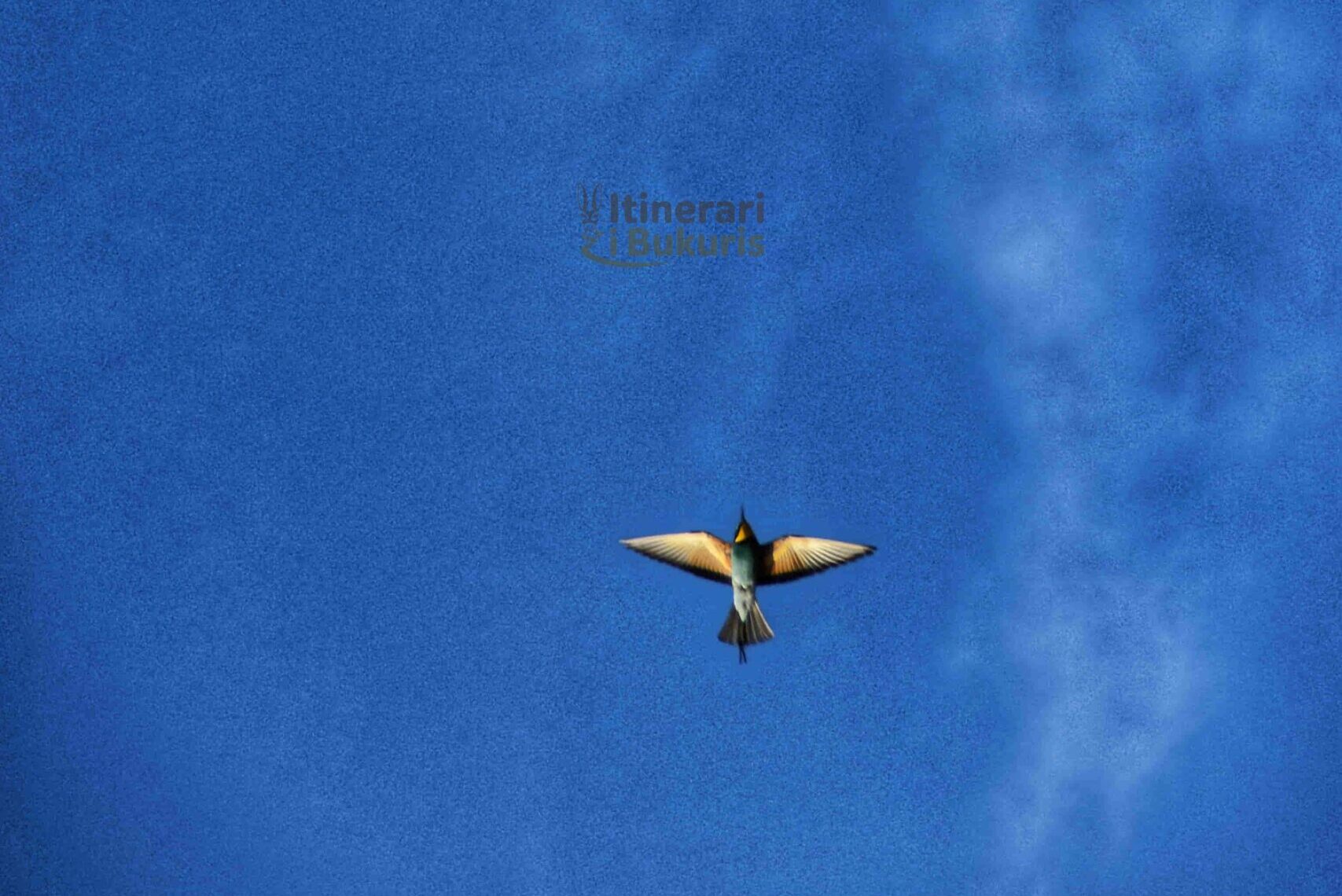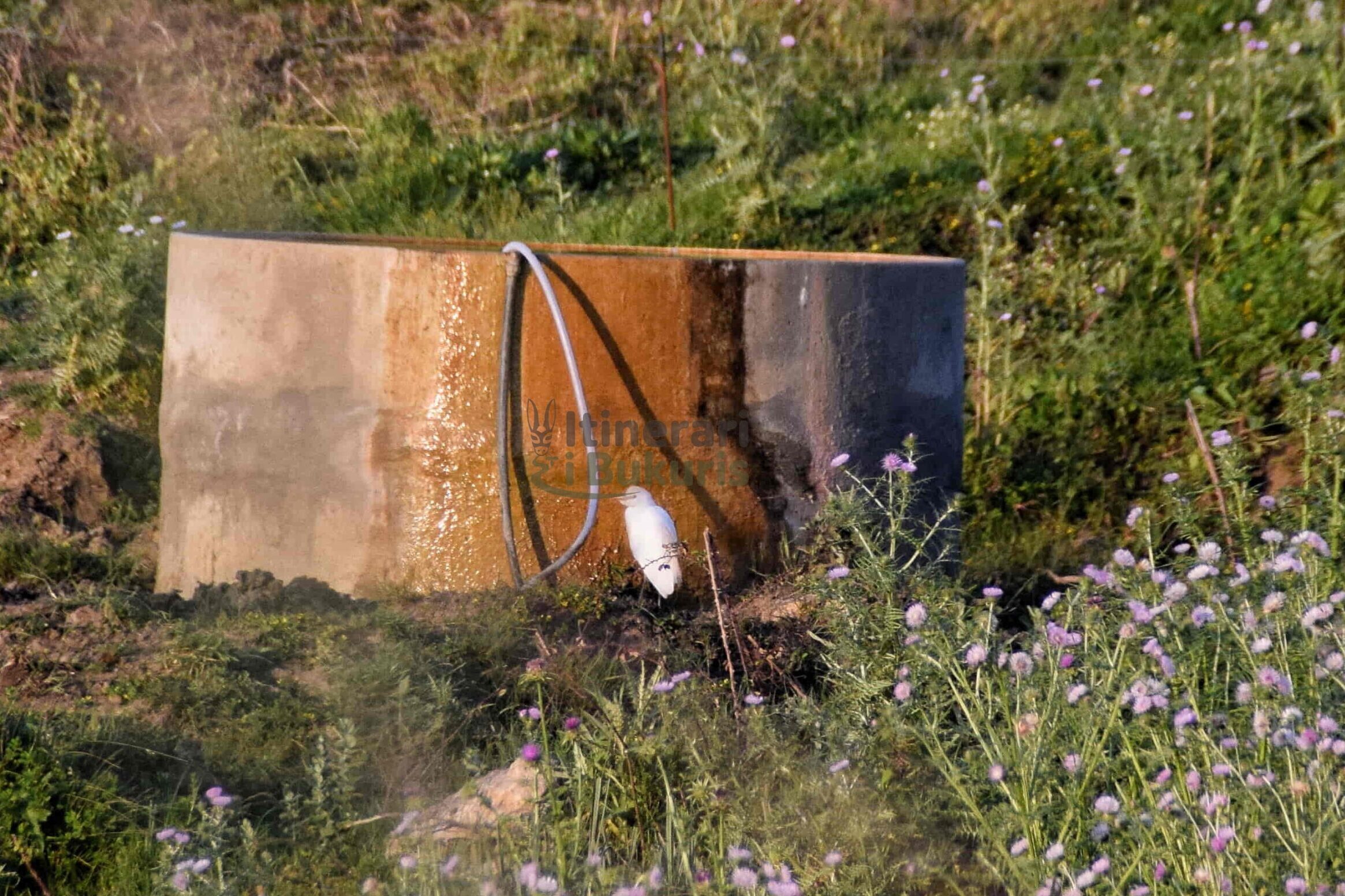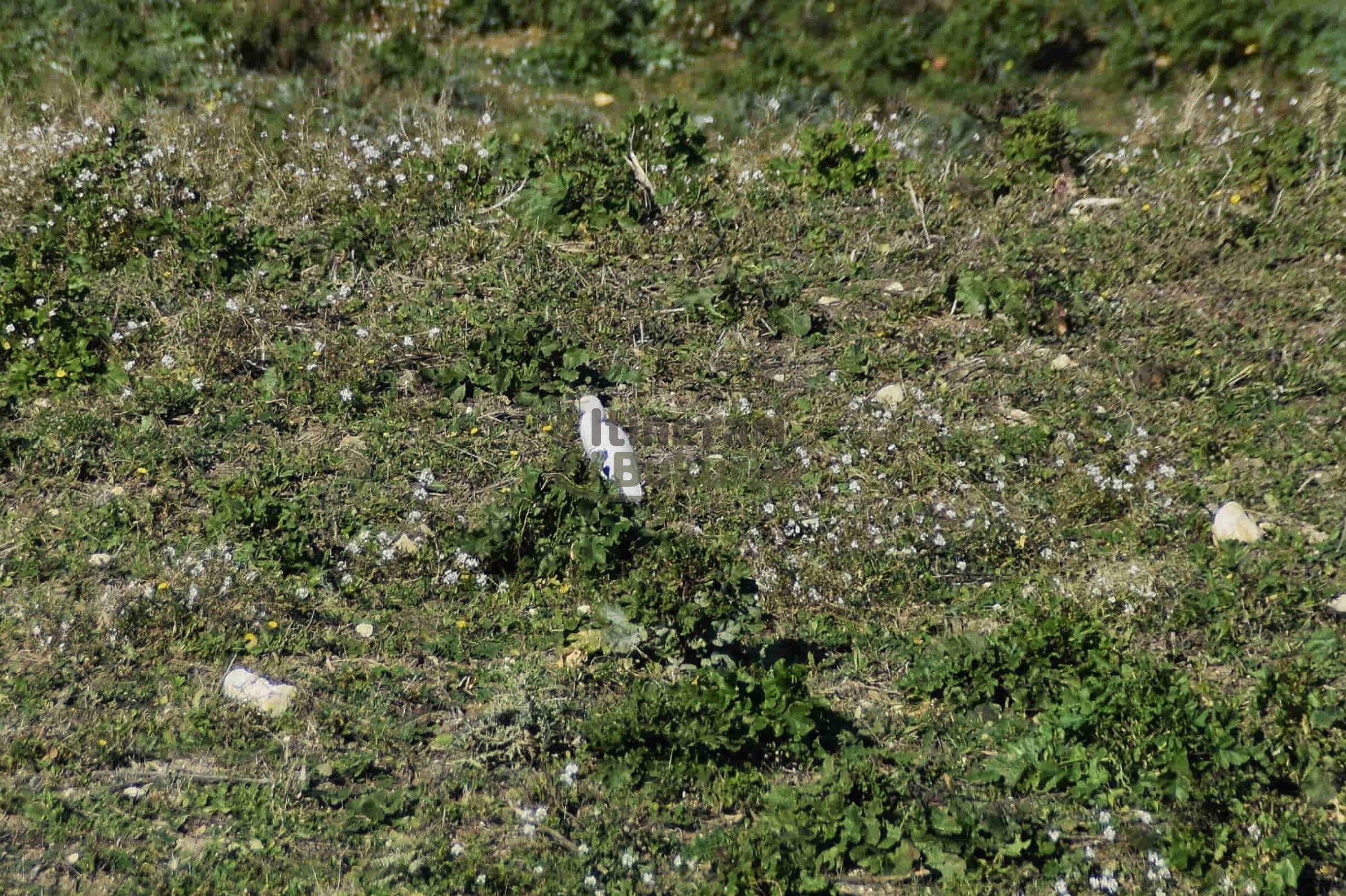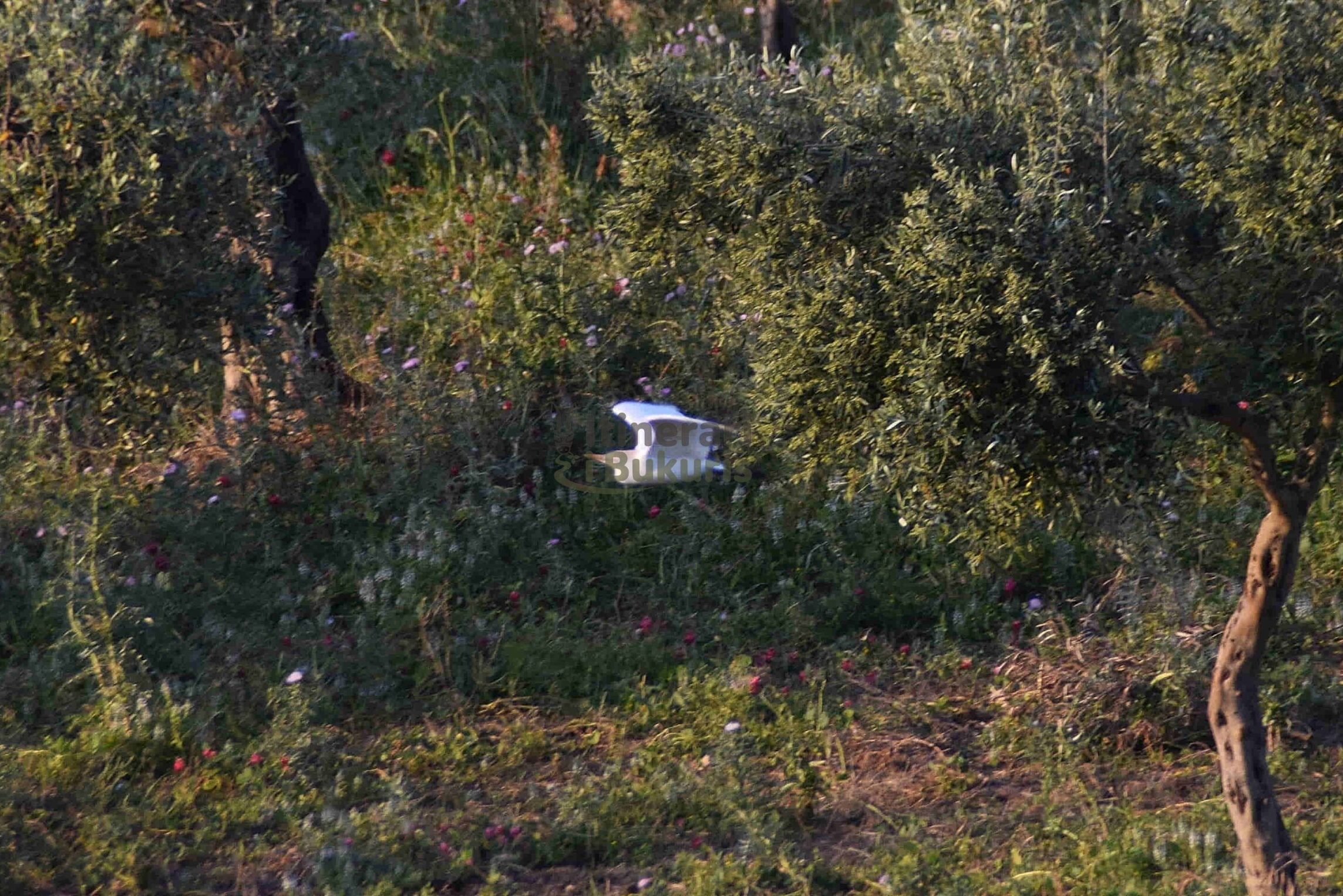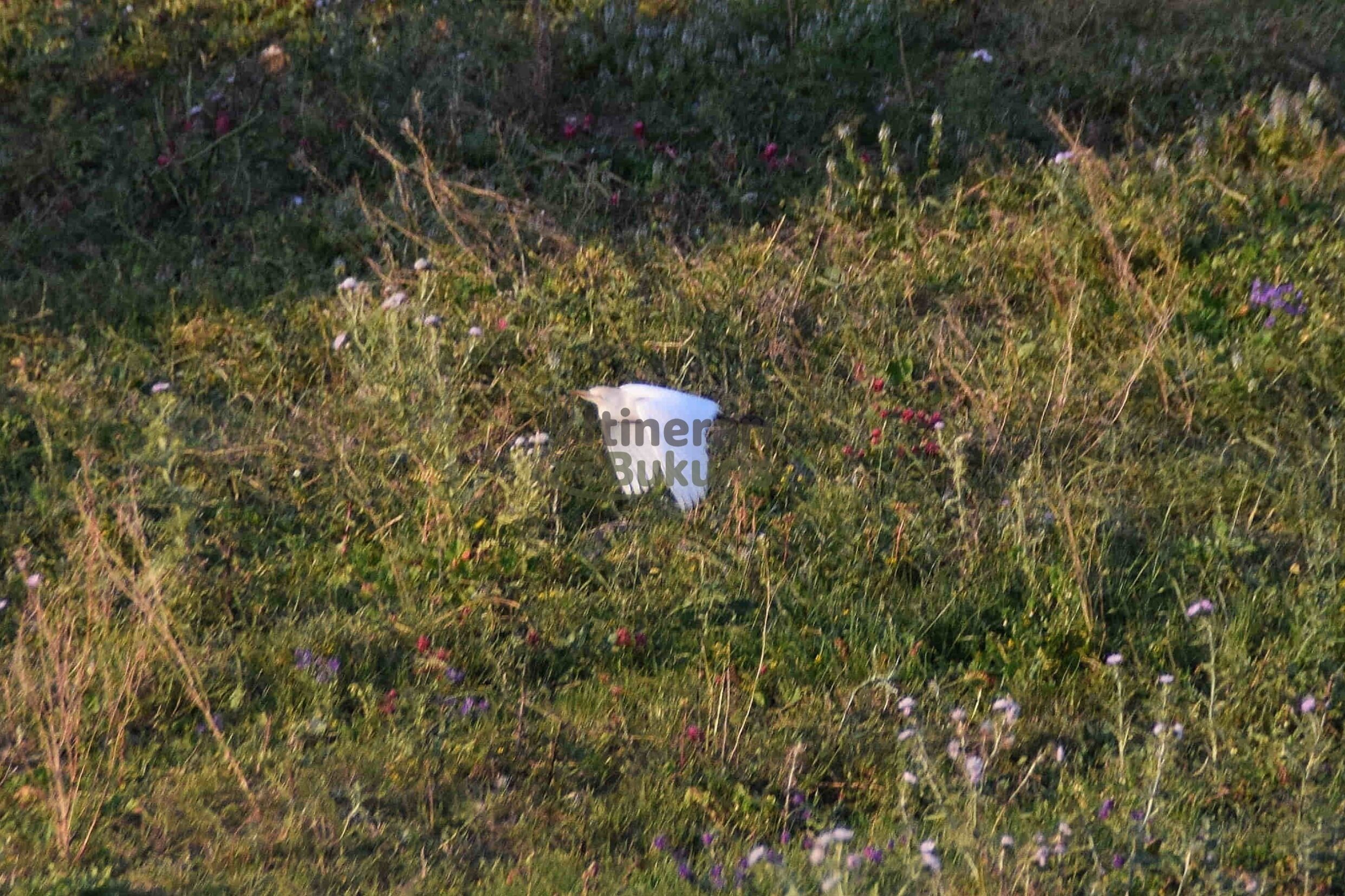Explore the wildlife
Nature’s hidden treasures
Along the path of beauty, you’ll have the chance to spot various animal species. It’s important to observe and appreciate them, remembering that their presence is essential to the beauty and balance of this unique landscape.
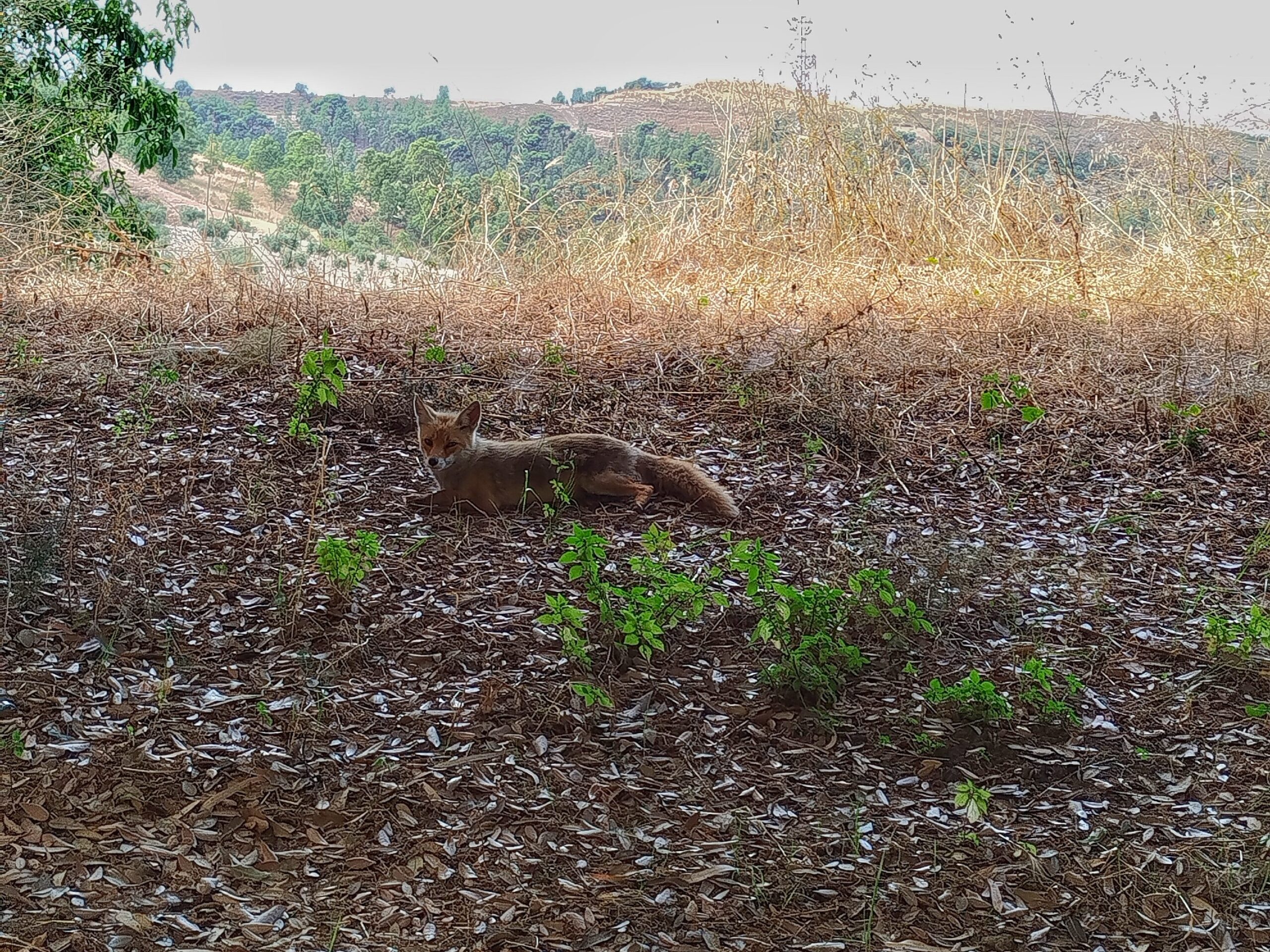
Mammals
Red fox (Vulpes vulpes)
Habitat: Found both in natural and human-altered environments, it can be encountered up to 2000 meters above sea level.
Characteristics: Usually crepuscular, but can also be seen during the day. Sometimes reuses burrows of wild rabbits or porcupines. Its diet consists mainly of small vertebrates and fruit.
Interesting facts: It is the most widespread carnivore in Sicily.
Sightings: This species can be easily spotted year-round, mainly during twilight and nighttime hours.
Marten (Martes martes)
Habitat: Found from sea level up to 1800 meters above sea level.
Characteristics: A solitary animal, mainly active at night and during twilight, but can also be spotted during the day in the summer season. Females give birth once a year. Its diet consists of small mammals and plants.
Interesting facts: It has a high heart rate and metabolism thanks to its remarkable agility.
Sightings: Possible to spot year-round, mainly at night.
Weasel (Mustela nivalis)
Habitat: Active both day and night, found up to 2000 meters above sea level.
Characteristics: Females can give birth twice a year, having between 4 and 6 young. The weasel prefers to occupy burrows of other small mammals, which it also preys on.
Interesting facts: The Sicilian subspecies is larger than others, despite being one of the smallest carnivores in the world.
Sightings: An elusive species, active both day and night throughout the year.
© Vincenzo Catalanotto
Wildcat (Felis silvestris)
Habitat: Found in forested areas and Mediterranean scrub mixed with rocky environments.
Characteristics: This species differs from the domestic cat by its stubby tail with black rings, larger head, a black stripe running along the back, and four longitudinal stripes starting from the head to the shoulders that merge into two broader stripes. It feeds on rodents and small birds.
Interesting facts: The Sicilian population of wildcats has a distinctive white patch on the throat.
Sightings: Most frequently seen between January and March, during nighttime or late morning hours.
© Vincenzo Catalanotto
Wild boar (Sus scrofa)
Habitat: Mainly found in wooded areas and Mediterranean scrub, but can also be found in more open zones.
Characteristics: Primarily nocturnal. Females can give birth to up to 12 young and usually live in small groups; males are solitary. The wild boar feeds on acorns, tubers, fruits, animal carrion, earthworms, insect larvae, and bird eggs.
Interesting facts: The wild boar became extinct in Sicily at the end of the 19th century but was reintroduced by the Sicilian Regional Forestry Department in 1980.
Sightings: Mainly active at night throughout the year.
Porcupine (Hystrix cristata)
Habitat: Mainly found in hilly areas (up to 1500 meters above sea level) with Mediterranean scrub.
Characteristics: Its main feature is the white-and-black quills, which it raises when threatened. The porcupine can weigh up to 15 kg, digs deep burrows, and lives solitary or in small family groups. It feeds on tubers, roots, and fruit. Females give birth to one or two young after a 65-day gestation period.
Interesting facts: Besides raising its quills, the porcupine loudly stomps its feet on the ground when threatened.
Sightings: Active at night throughout the year.
Western European Hedgehog (Erinaceus europaeus)
Habitat: Lives in wooded areas and groves with low herbaceous and shrub vegetation, especially near hedges, bushes, embankments, and slopes where it builds nests of dry leaves. Mostly found in low and mid hills, but can also be spotted at higher altitudes (1600-1800 meters above sea level).
Characteristics: Hedgehogs have a gestation period of 34-49 days, with births occurring in late spring to early summer. Each litter consists of 4-5 young, with one or two litters per year. They mainly feed on insects and mollusks and can live over 6 years.
Interesting facts: Hearing is their most developed sense. When threatened, they emit hissing and puffing sounds similar to snakes and curl up into a ball.
Sightings: Mainly active at night from spring to autumn.
Reptiles
Sicilian Lizard (Podarcis waglerianus)
Habitat: Mainly found in dry meadows, pastures, and Mediterranean scrub.
Characteristics: Feeds primarily on invertebrates (larvae and arthropods). Females lay 2-6 eggs once or twice a year in burrows near bushes or root systems of herbaceous plants.
Interesting facts: Rarely found on vertical walls, it is almost exclusively ground-dwelling.
Sightings: Active during daylight hours, especially in spring and summer.
Western European Lizard (Lacerta bilineata)
Habitat: Moist environments with dense vegetation, found in hills and mountains.
Characteristics: The diet of the green lizard is mainly insectivorous.
Interesting facts: Females can lay up to 50 eggs.
Sightings: Active from late March to September, mainly during daylight hours.
Gongilo (Chalcides ocellatus)
Habitat: Prefers warm and dry rocky environments, but is also found in coastal areas. It is very common in limestone regions with shrub and tree vegetation.
Characteristics: Generally feeds on arthropods and gastropods.
Interesting facts: 60% of sightings occur between April and June during the hottest hours of the day.
Sightings: Diurnal species mainly visible during the warmer periods.
Whip Snake (Hierophis viridiflavus xanthurus)
Habitat: Present in 96% of Sicily, it is, along with the field lizard, the most widespread reptile on the island.
Characteristics: Mainly saurophagous (feeds on lizards), but also eats arthropods.
Interesting facts: The Sicilian subspecies differs from the one found in Sardinia: Hierophis viridiflavus sardus.
Sightings: Diurnal snake, active from spring to autumn.
Sicilian Pond Turtle (Emys trinacris)
Habitat: Prefers wetlands such as ponds and marshes, but is also found in rivers and artificial basins.
Characteristics: Feeds on small invertebrates, small birds, amphibians, and fish. Mainly active during the day.
Interesting facts: The head, limbs, and tail have yellow spots.
Sightings: Active from spring to autumn, especially during daylight hours.
Amphibians
Common Toad (Bufo bufo)
Habitat: Found in both coniferous and deciduous forests, often in moist areas.
Characteristics: Active at dusk and during the night. Feeds on insects, snails, earthworms, and small vertebrates.
Interesting facts: Its parotoid glands (located behind the eyes) secrete bufotoxin as a defense mechanism.
Sightings: Mainly active at night, especially in late winter/early spring and during rainy days.
Green Frog (Pelophylax esculentus)
Habitat: Mainly found in ponds and bodies of water.
Characteristics: Feeds on insects such as flies and mosquitoes.
Interesting facts: Its name comes from its traditional use in cooking.
Sightings: Active both day and night, mostly during spring and summer months.
Discoglosso dipinto (Discoglossus pictus)
Habitat: Found in small aquatic environments, including temporary pools or puddles.
Characteristics: The female lays about 300 eggs, in clusters of several dozen.
Interesting facts: It is found only in Sicily in Italy.
Sightings: Active from late winter onwards.
Birds
Corn Bunting (Emberiza calandra)
Typical passerine bird of agricultural environments and open grasslands, recognizable by its powerful song and undulating flight. Its plumage is brown with streaks on the chest, serving as camouflage among the grasses. It feeds on seeds and small invertebrates.
Common Buzzard (Buteo buteo)
It is one of the two most common diurnal raptors in Sicily (along with the kestrel). It nests both on trees and rocky cliffs. It mainly feeds on insects and rodents. Between March and May, the female lays 2-3 eggs. Species visible throughout the year.
Common Kestrel (Falco tinnunculus)
The kestrel is a widely spread bird of prey; it is found in woods, grasslands, and agricultural fields. It shows sexual dimorphism: the male has a light gray head, while the female is entirely brick-red. It feeds on small mammals, birds, insects, and lizards. It nests among rocks but often takes over nests of other species. Species visible throughout the year.
European Bee-Eater (Merops apiaster)
A migratory species with very colorful plumage, observable in spring and summer in warm and sunny environments. It preys on flying insects, especially hymenopterans, which it catches in flight with great agility. It nests in colonies, digging tunnels in sandy walls.
Jay (Garrulus glandarius)
The jay usually lives in pairs, but it is not uncommon to spot it in small groups. It is mainly active during the day in wooded areas. Its call is unmistakable, but it is also capable of imitating the sounds of other birds and even the human voice. It feeds on insects, larvae, small mammals, and reptiles, as well as chestnuts, nuts, berries, and fruits. It is a diurnal species visible all year round.
Woodcock (Scolopax rusticola)
A shy and crepuscular species, it lives in moist forests rich in leaf litter. It is characterized by its camouflaged plumage and a long beak, used to search for earthworms and insects in the soil.
Cattle Egret (Bubulcus ibis)
A medium-sized heron with pure white plumage, easily observed in fields and agricultural areas, often in association with livestock. It primarily feeds on insects and small vertebrates disturbed by the movement of grazing animals.
